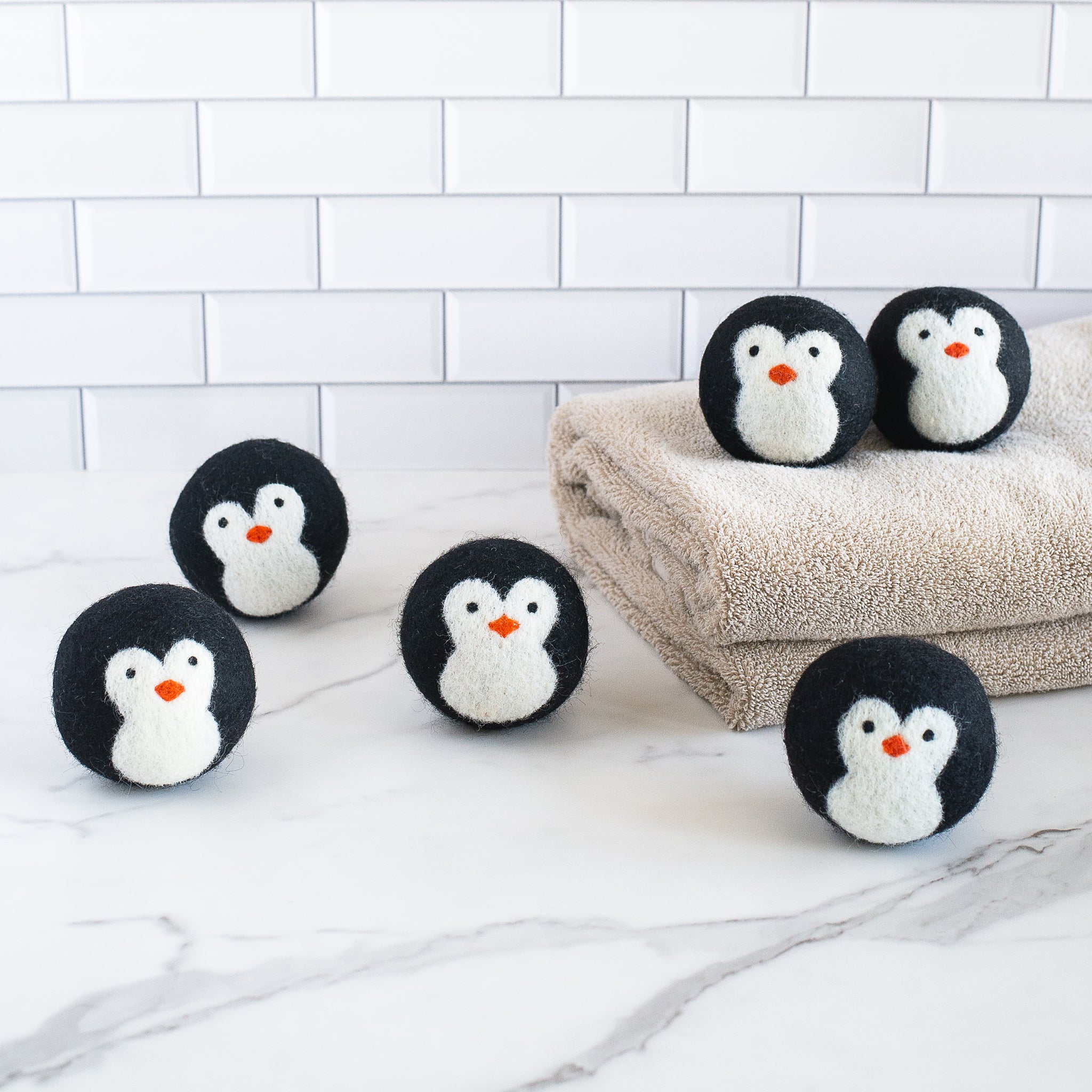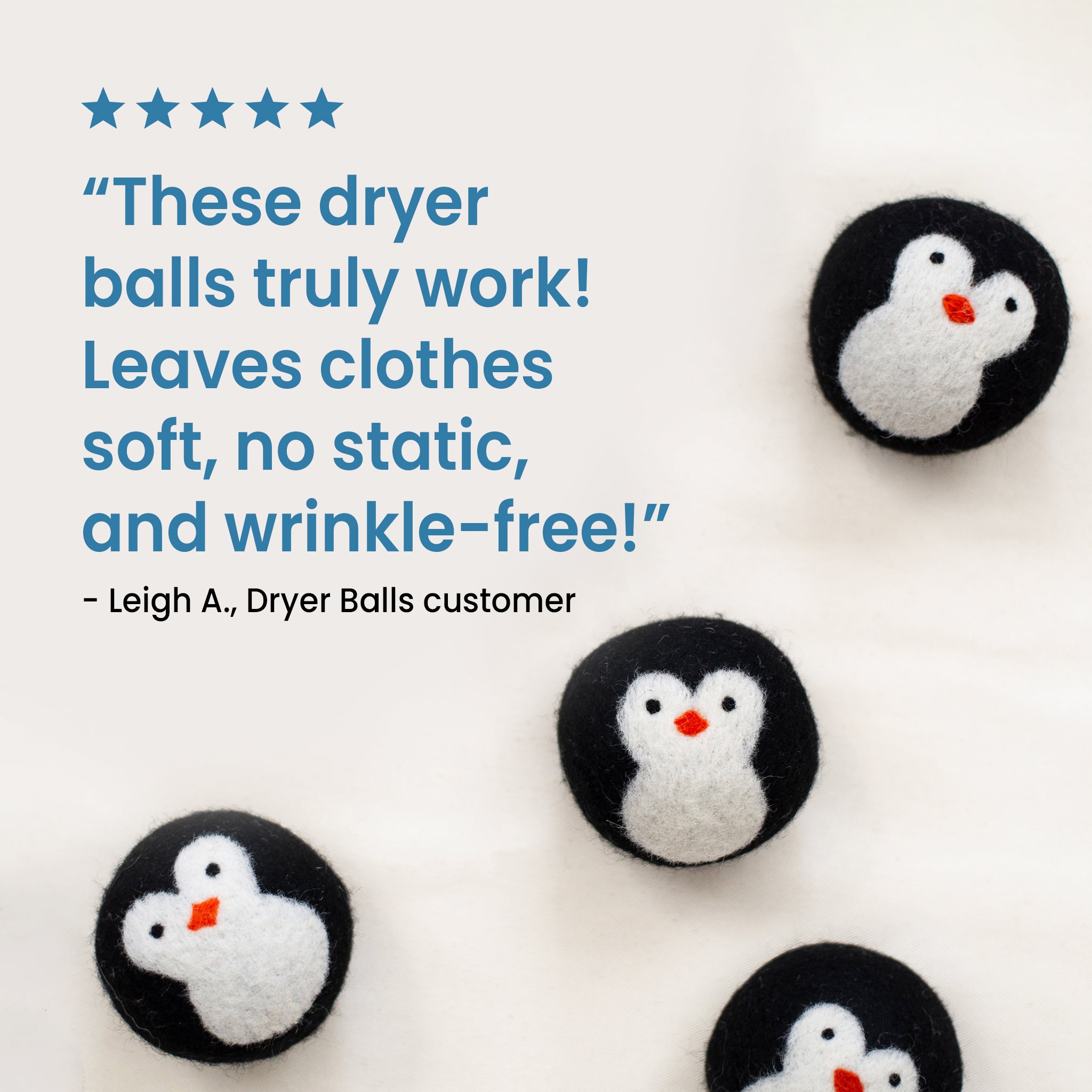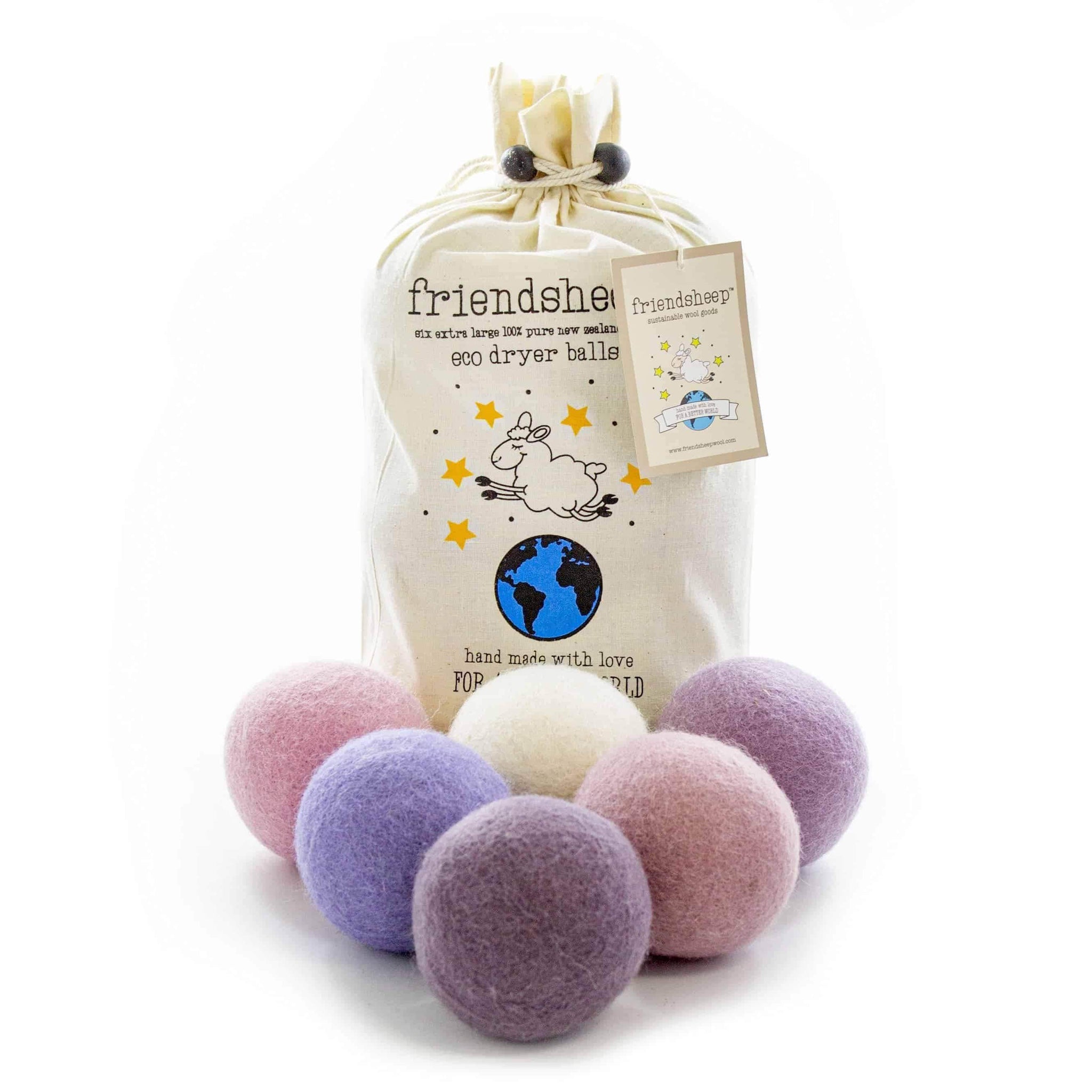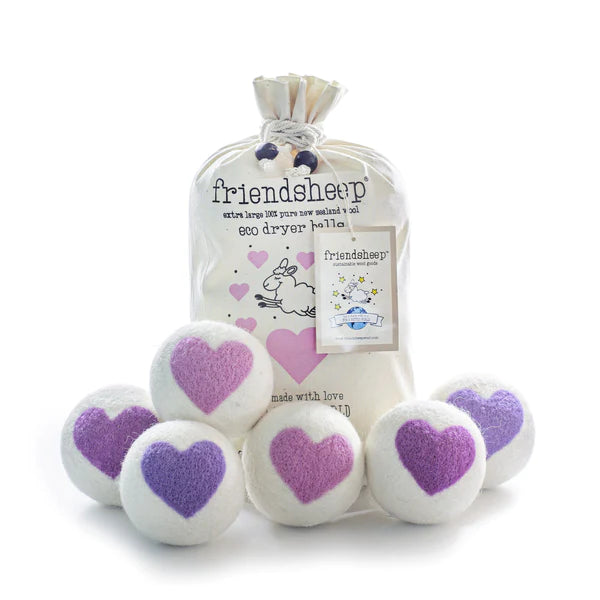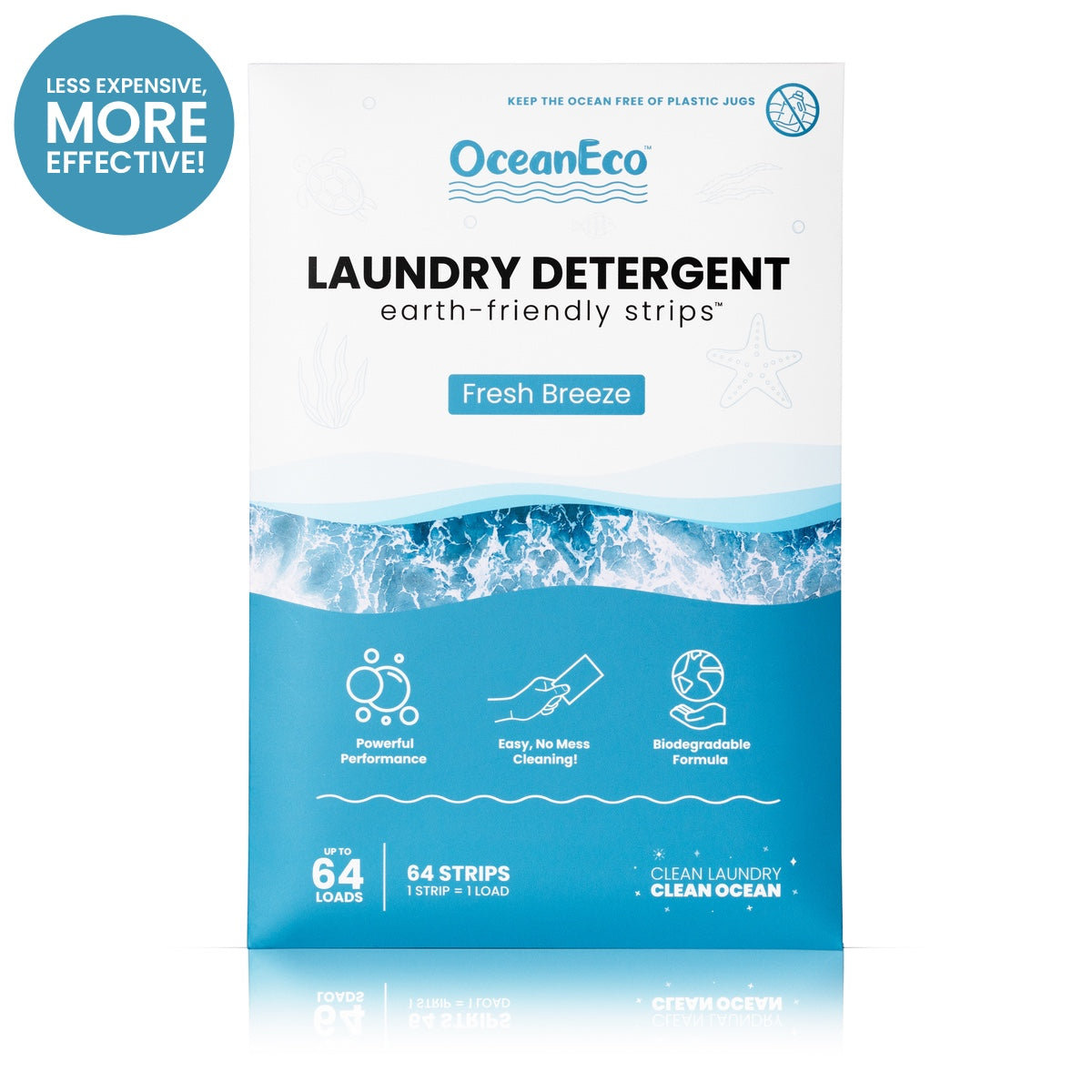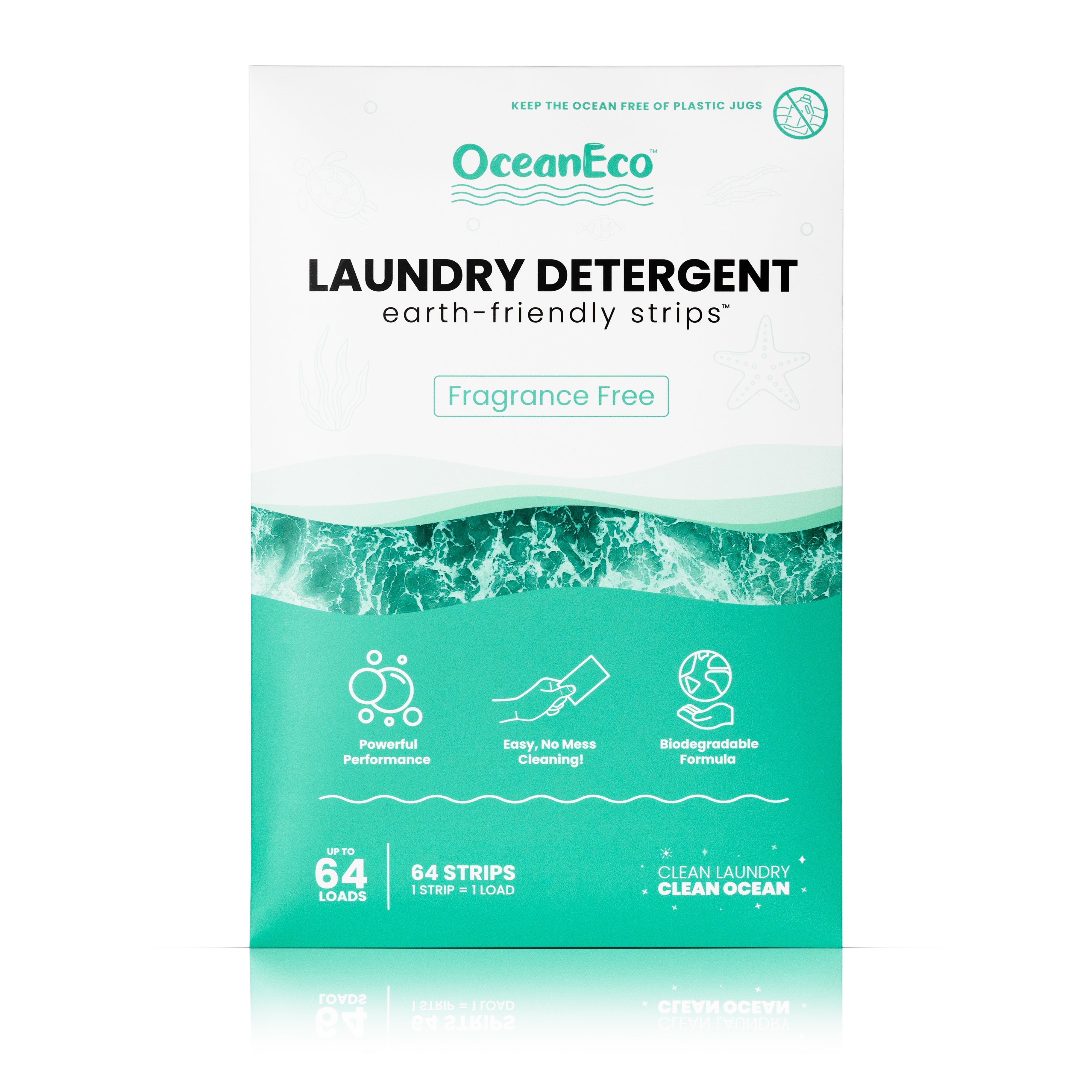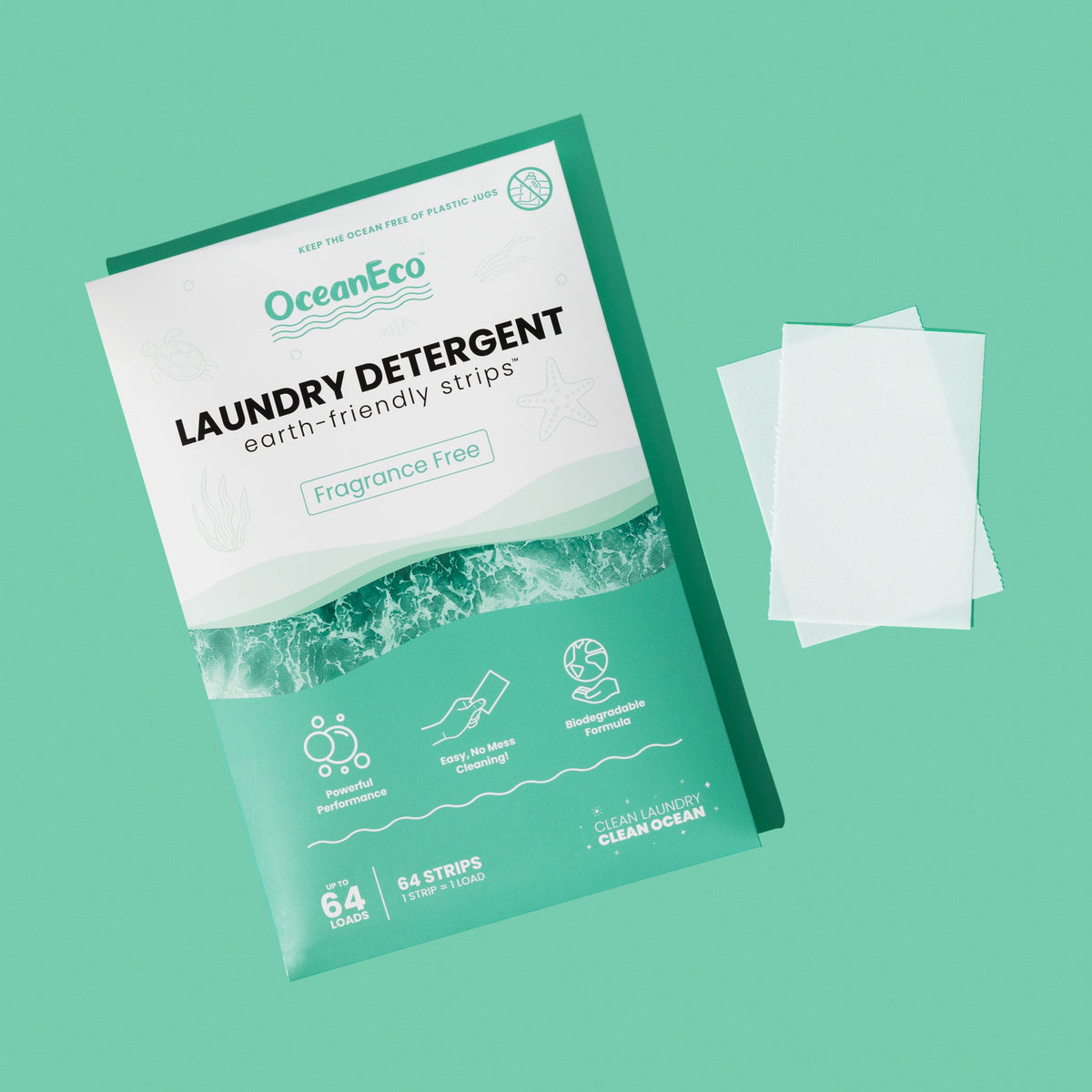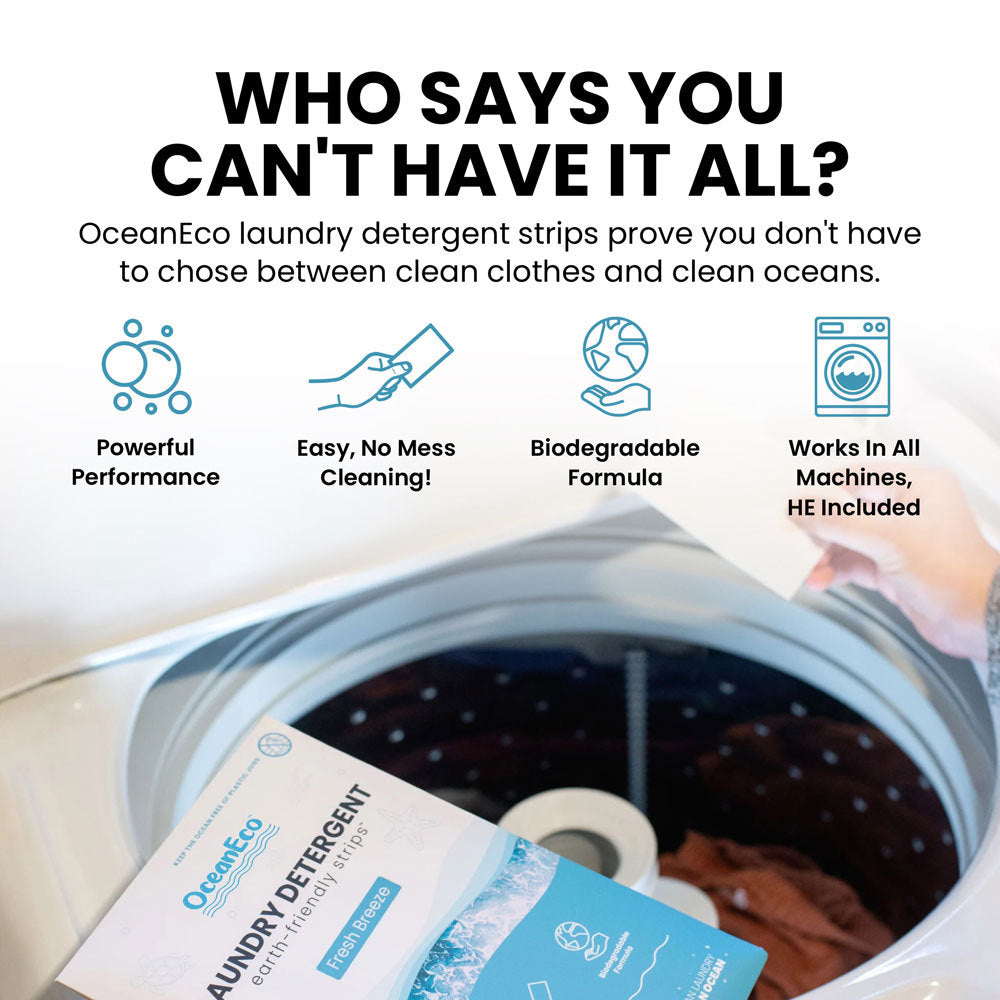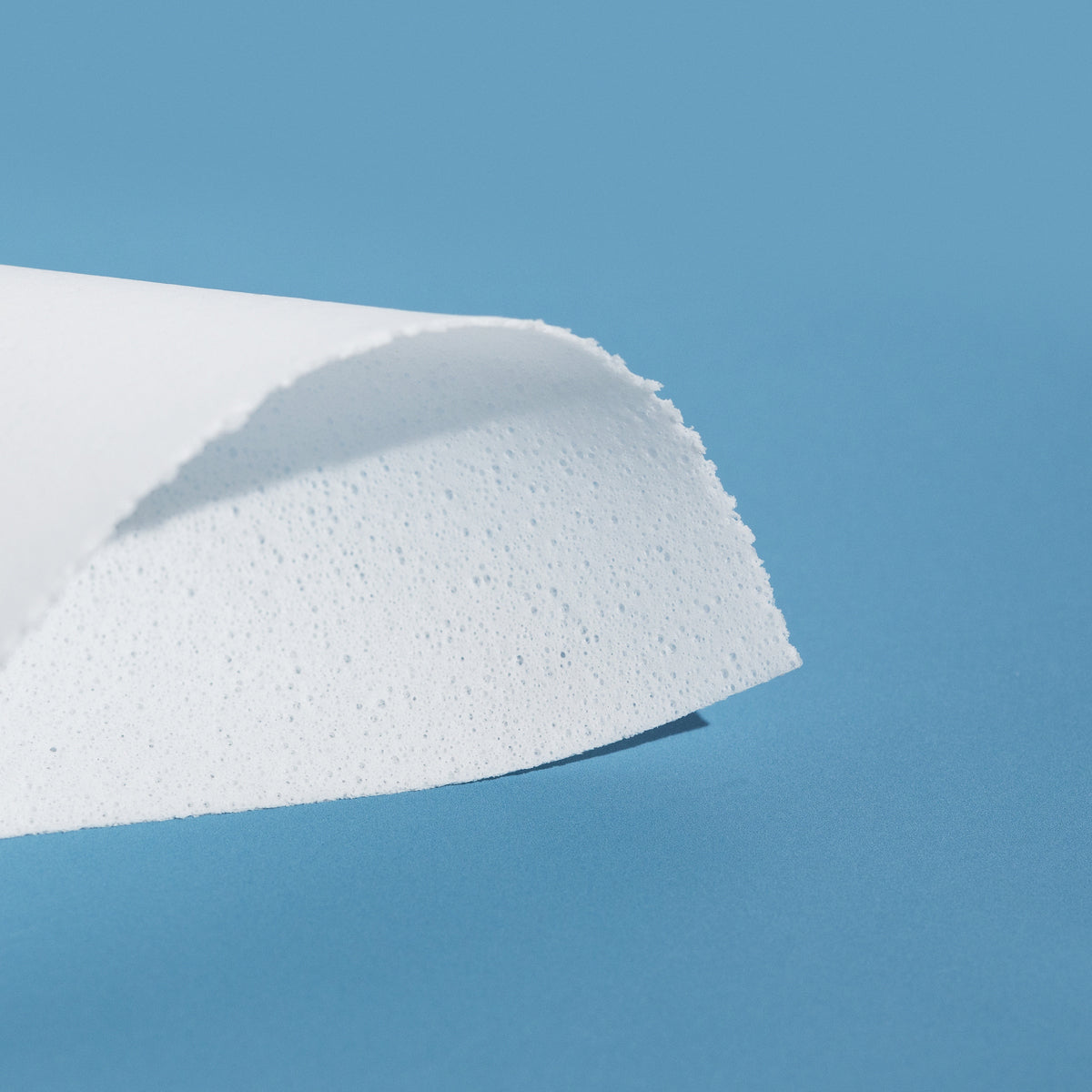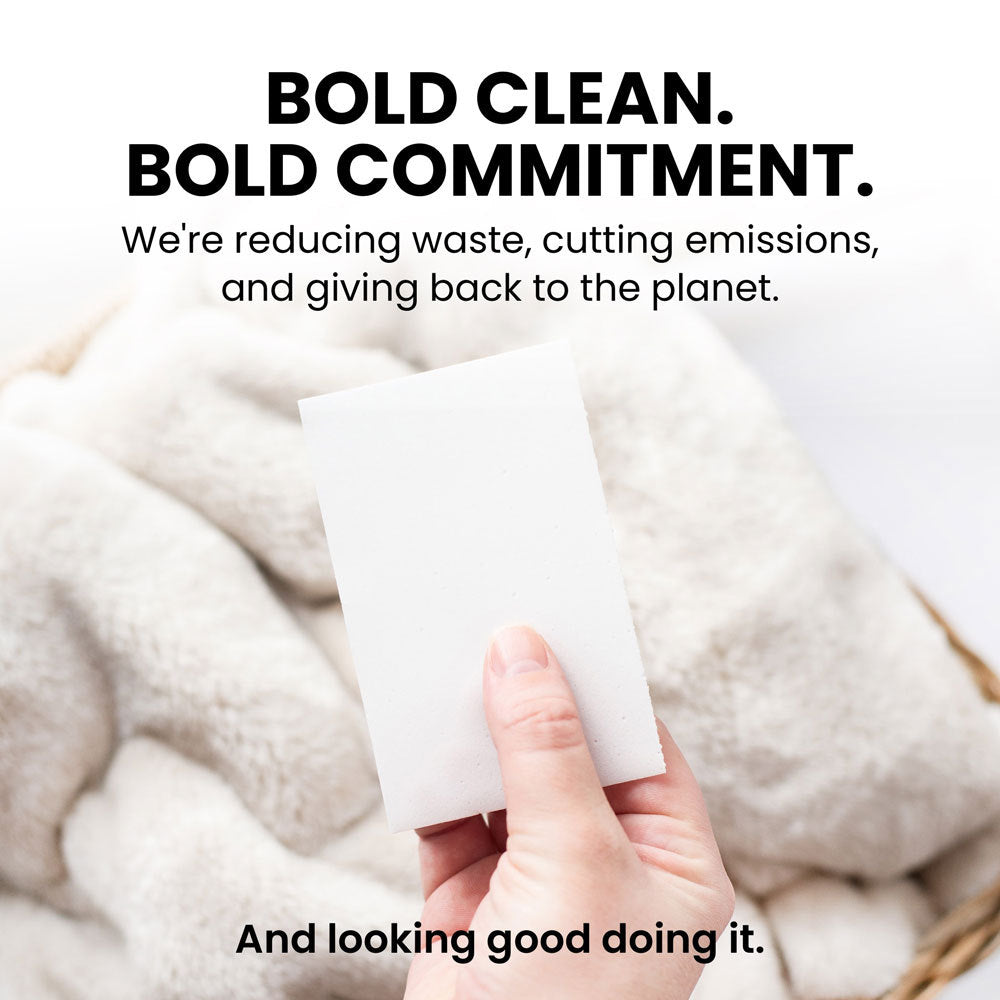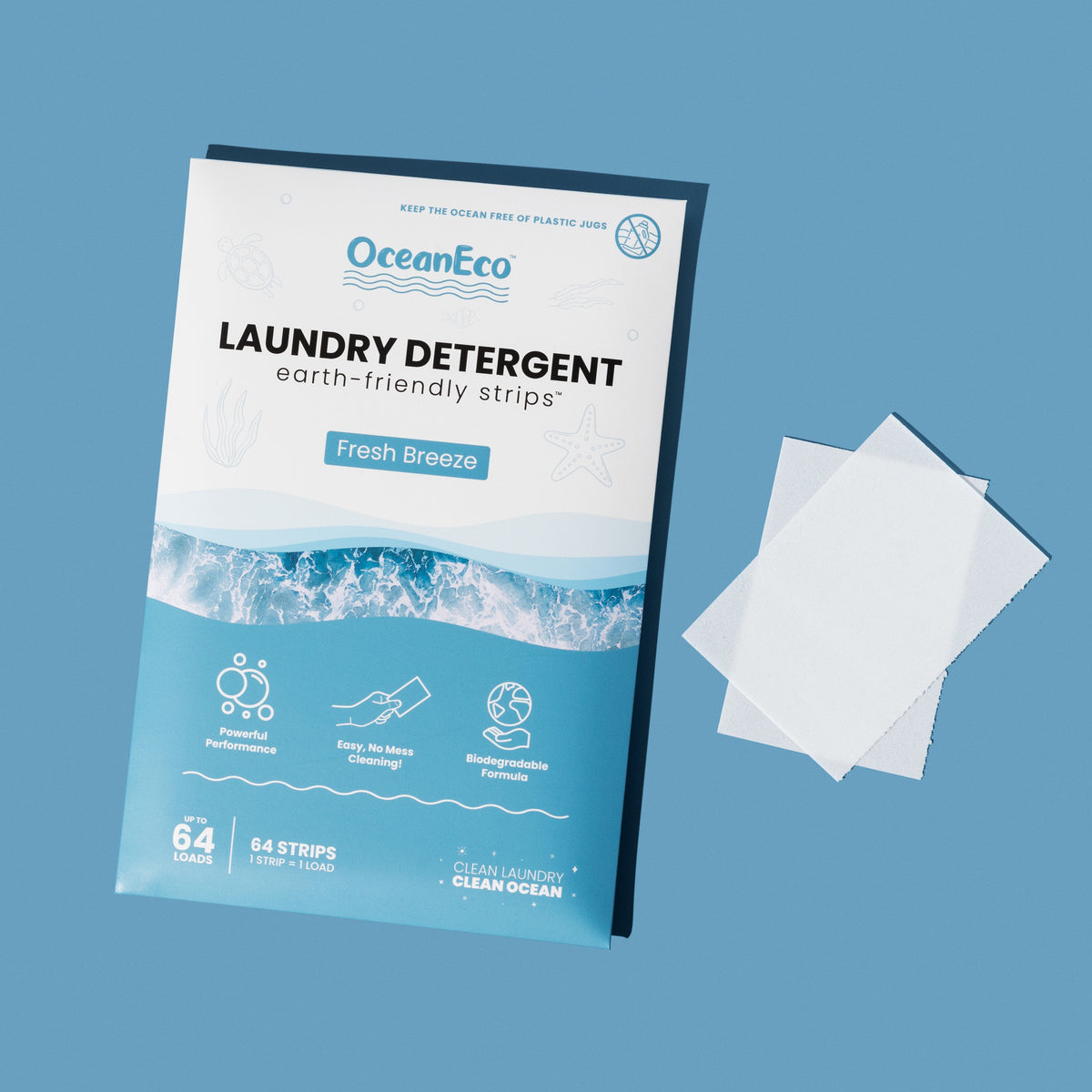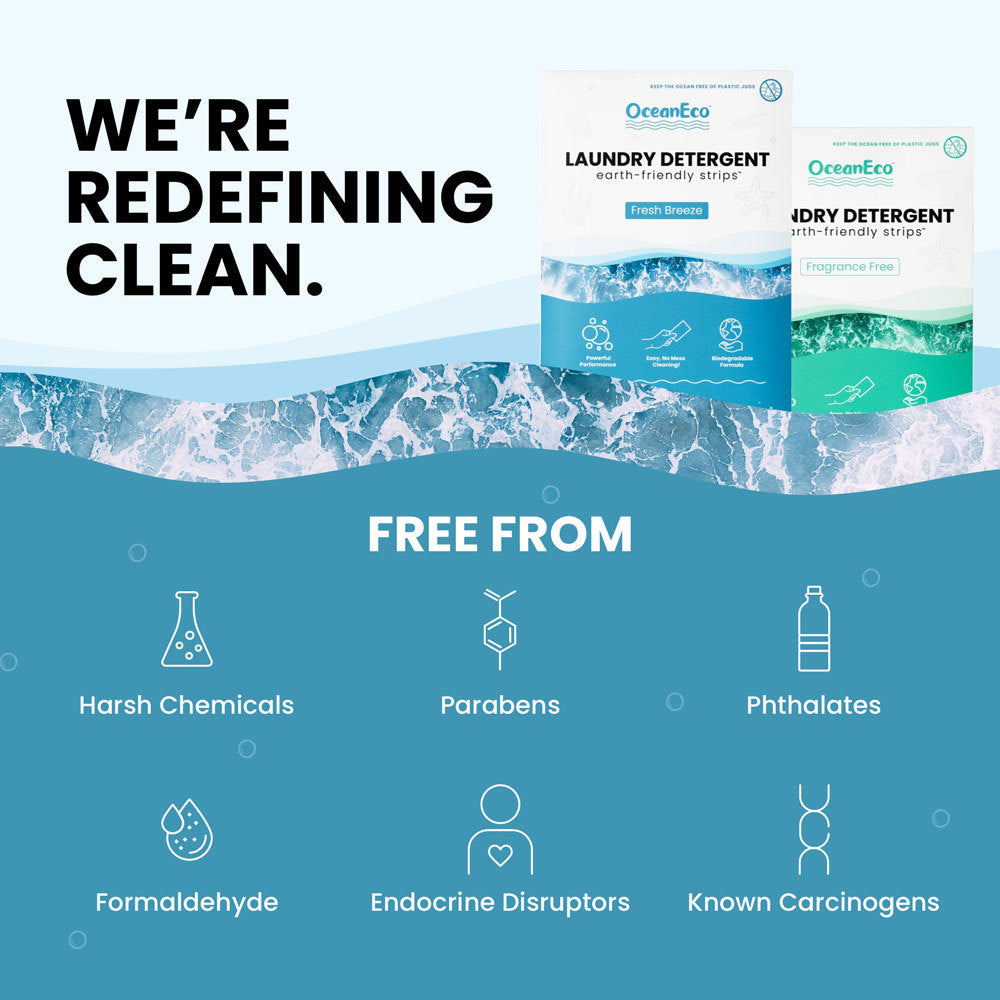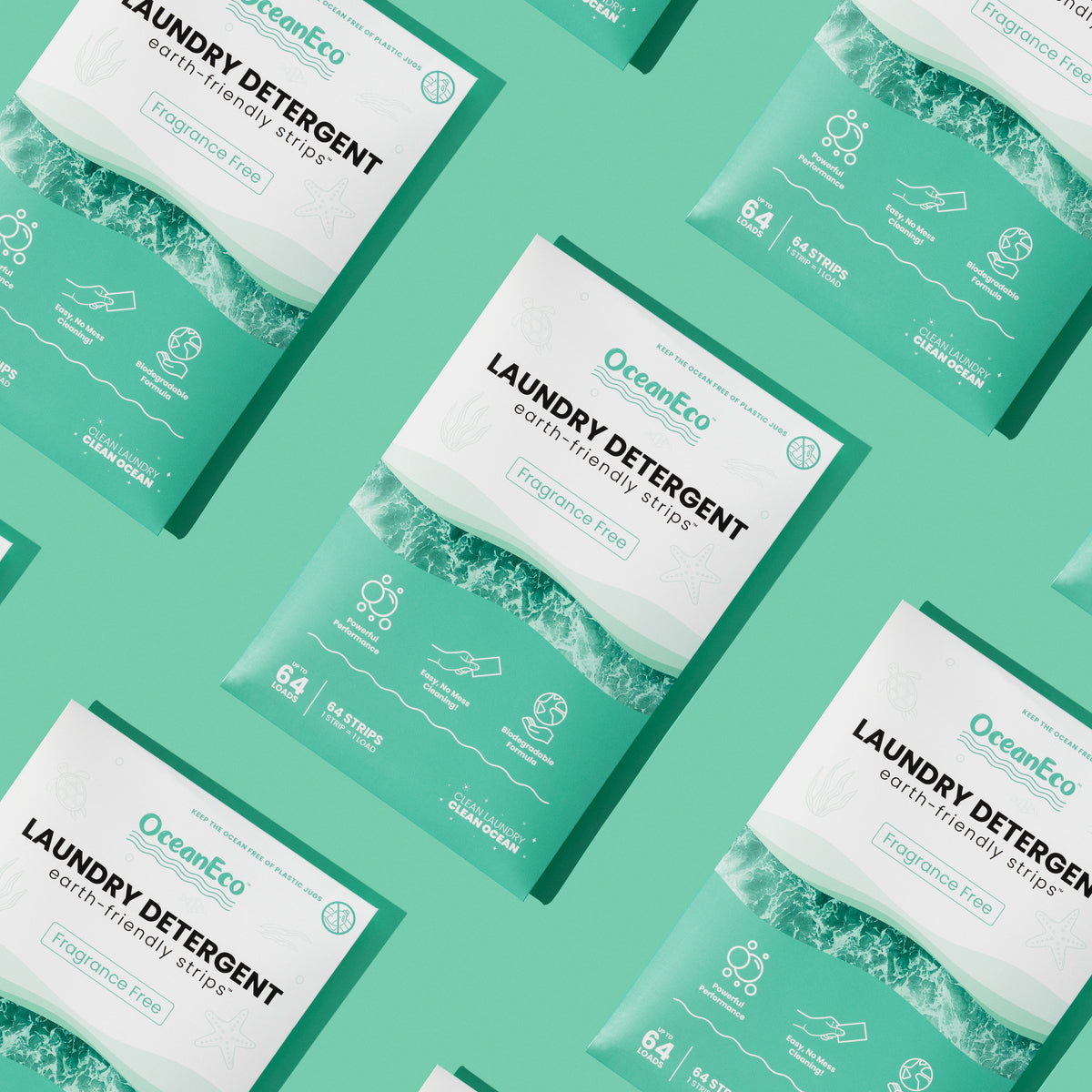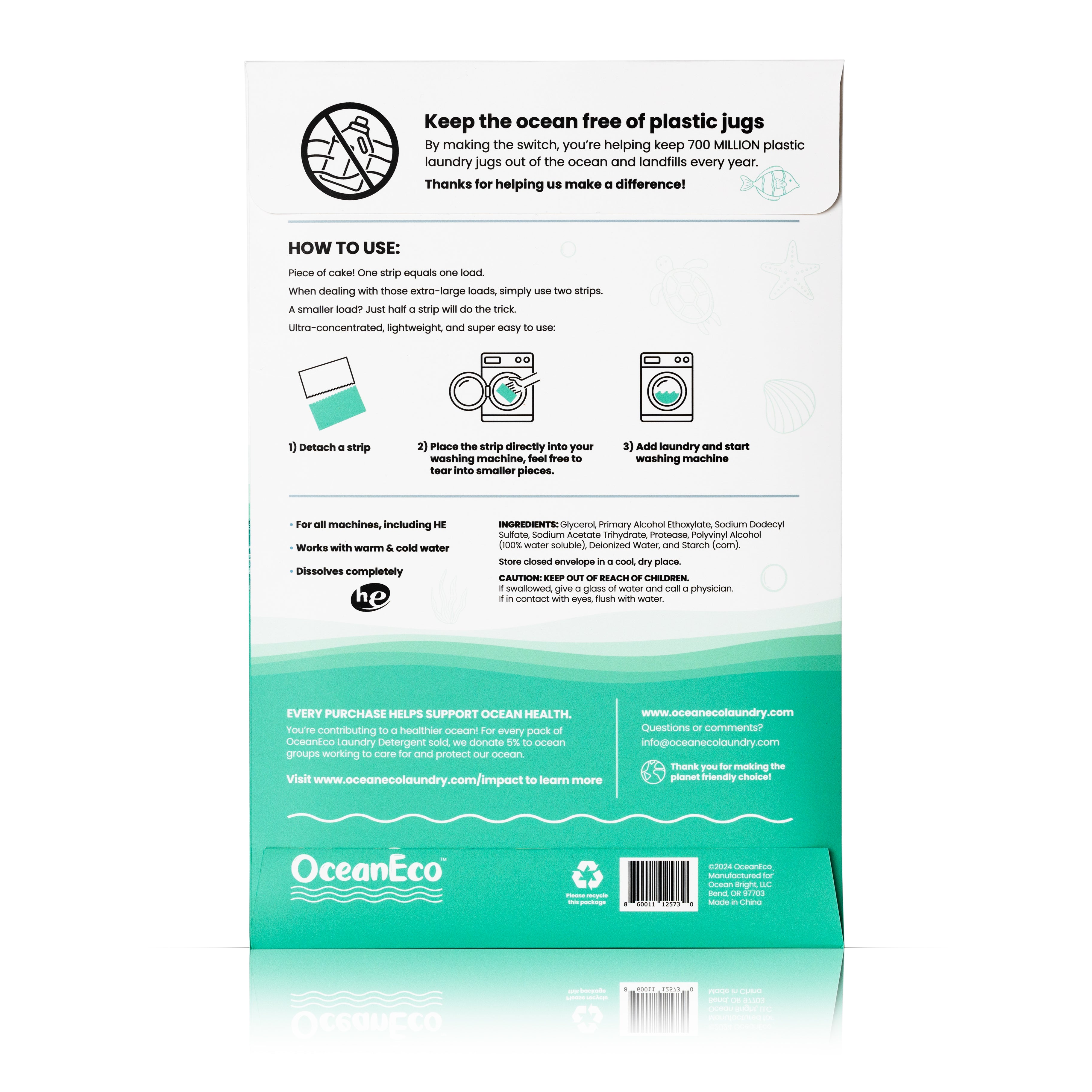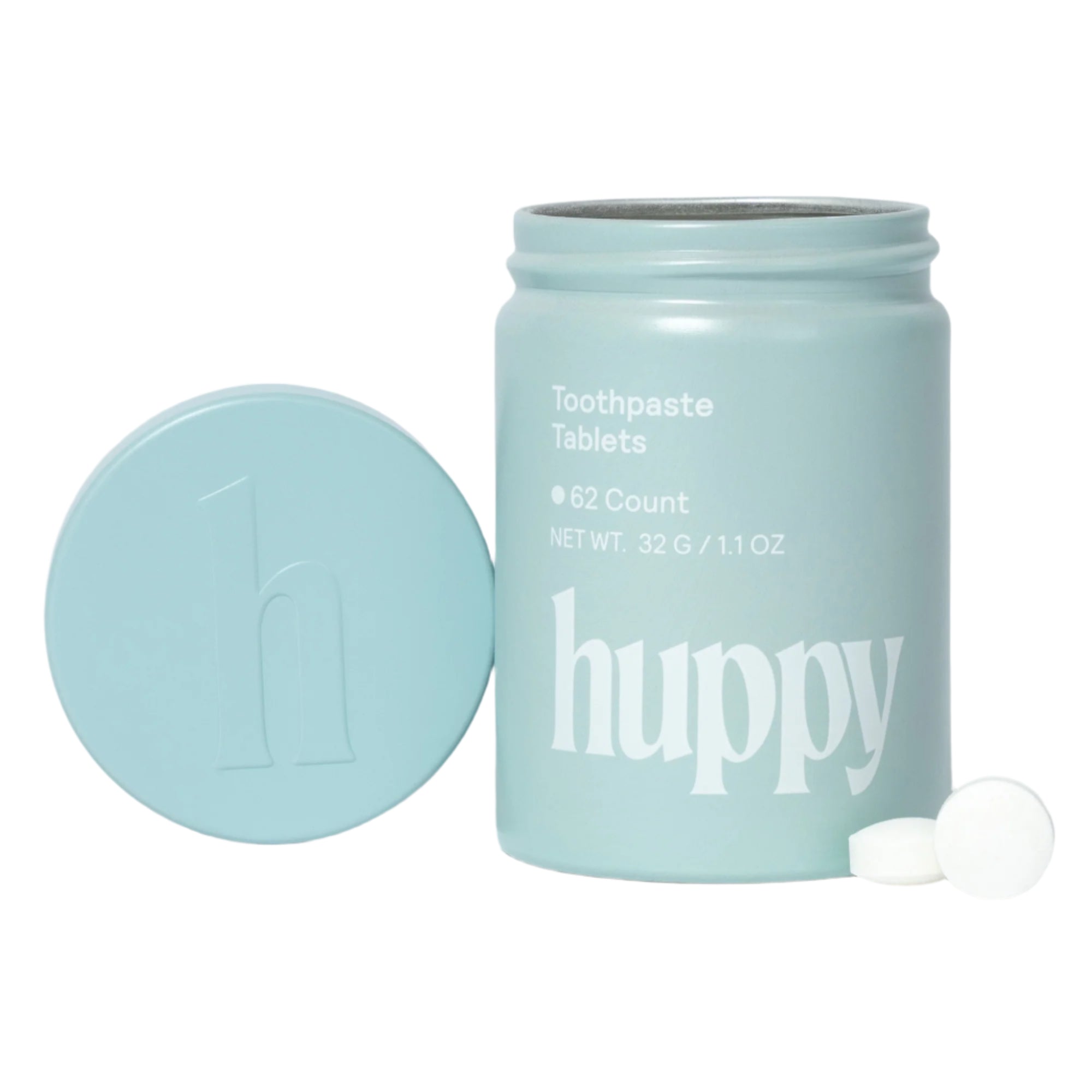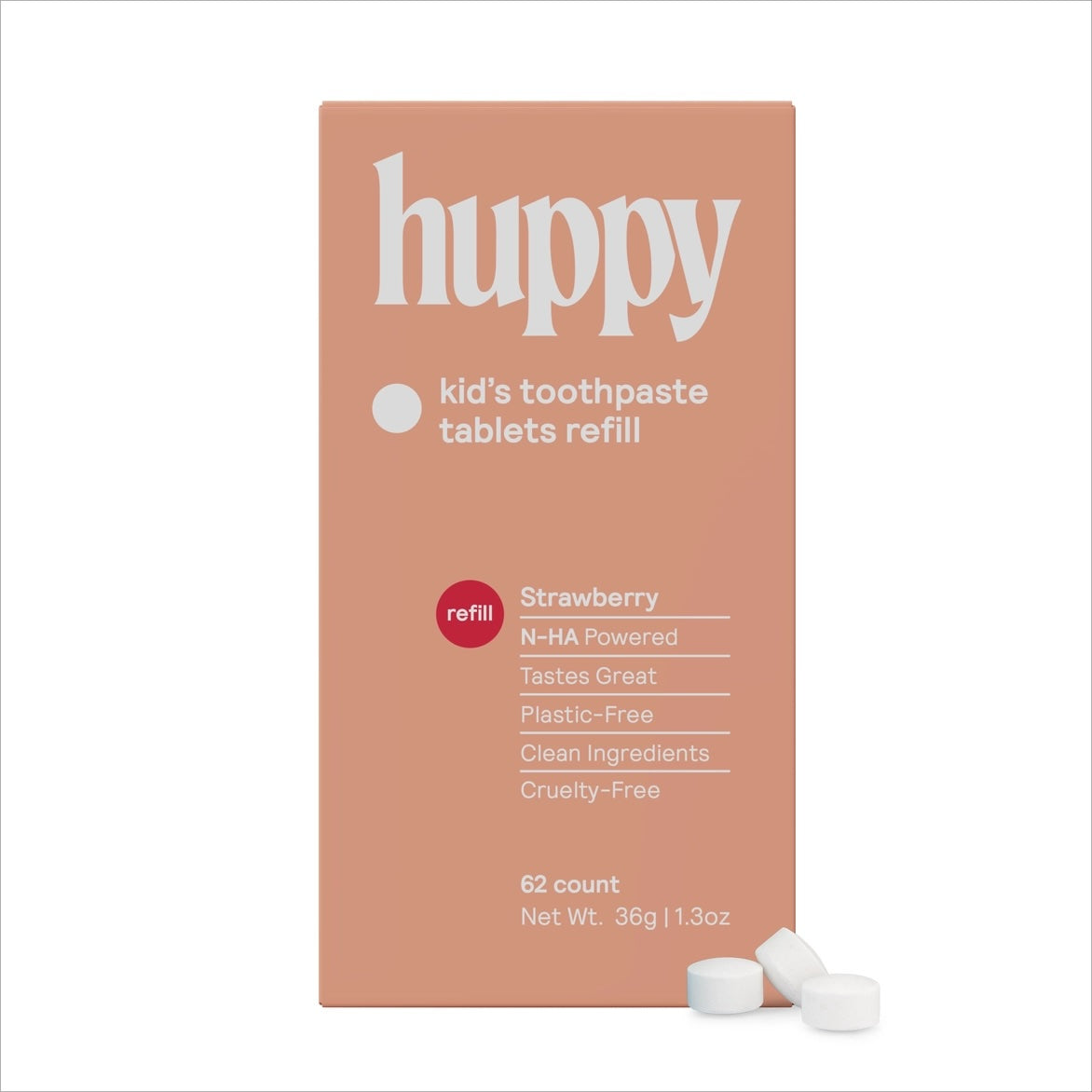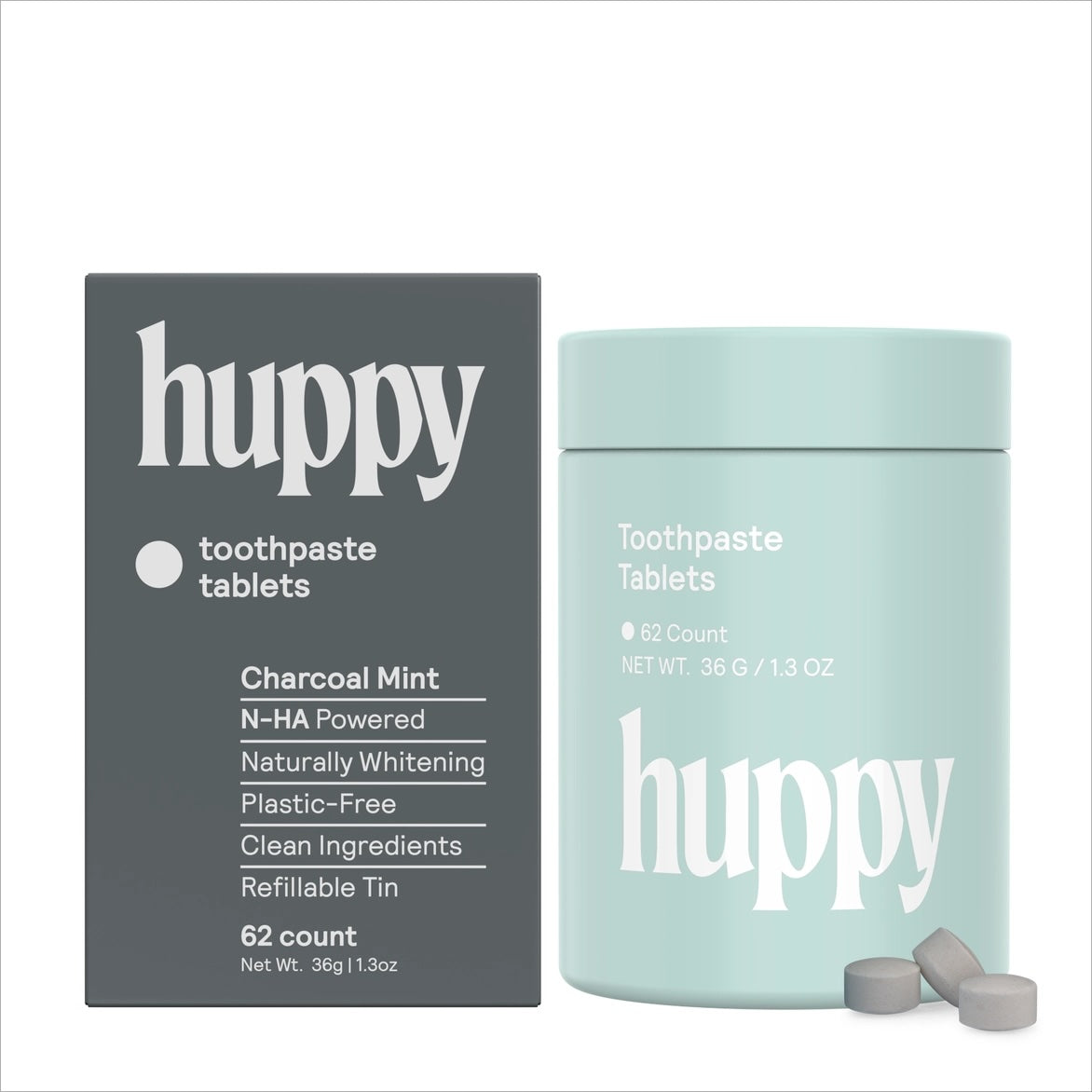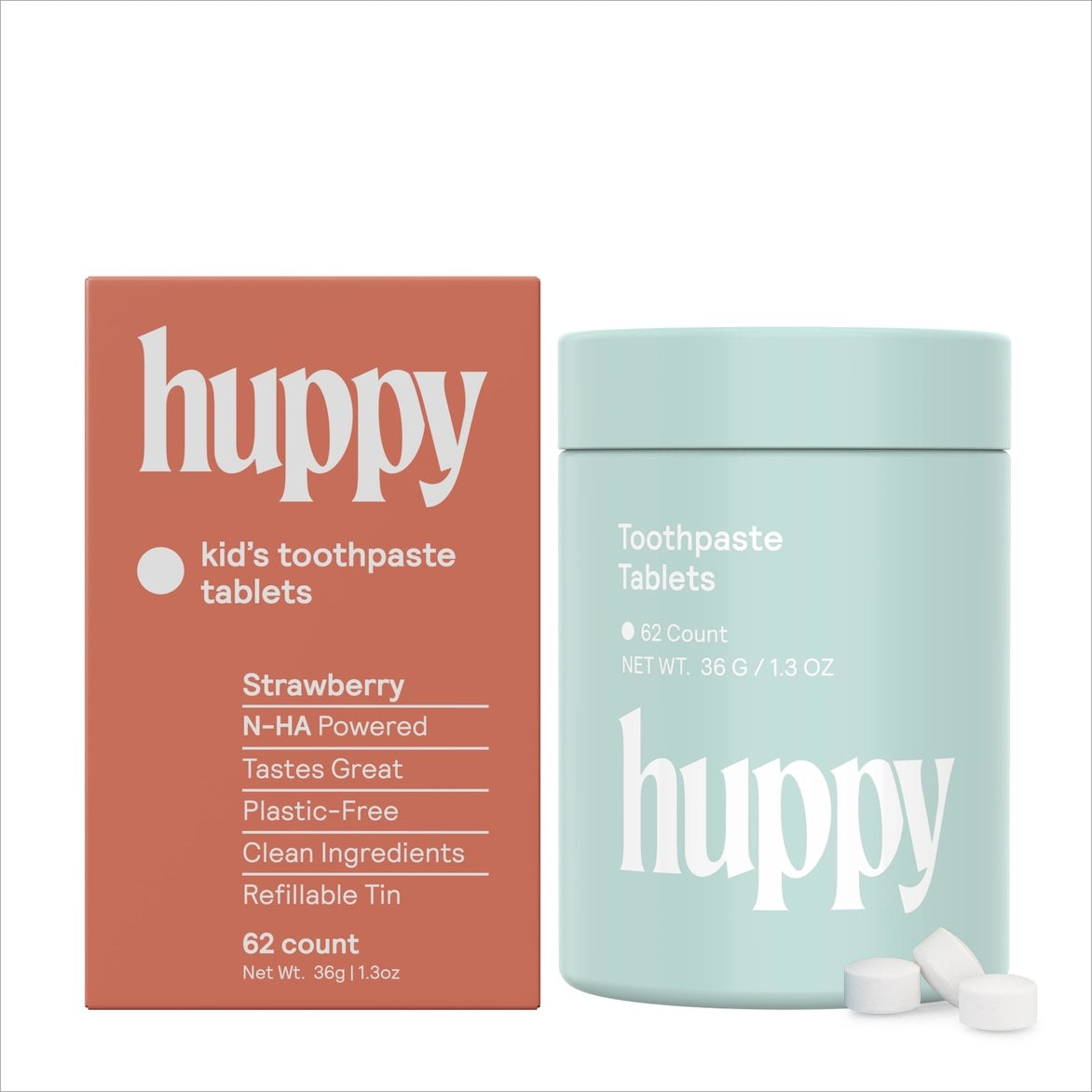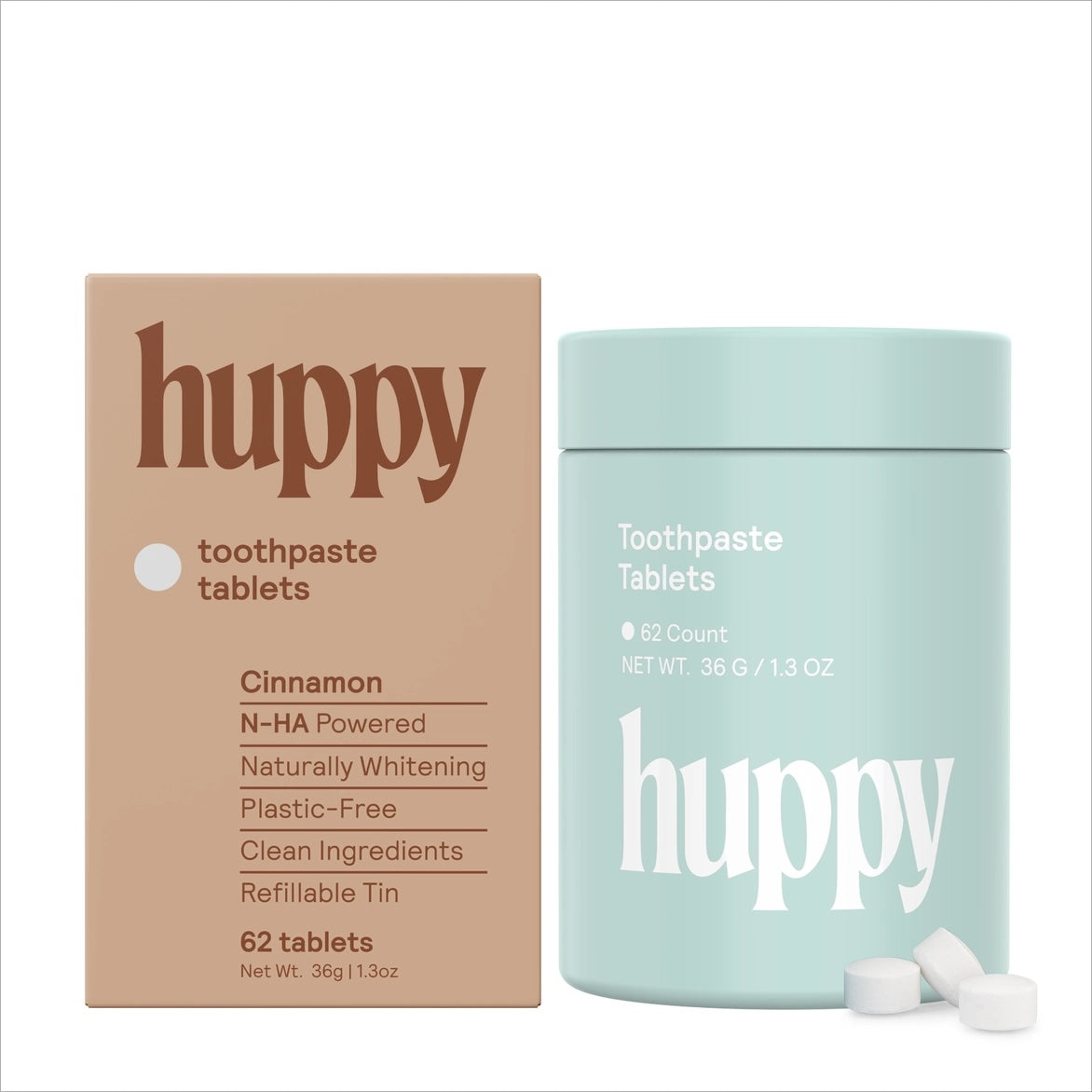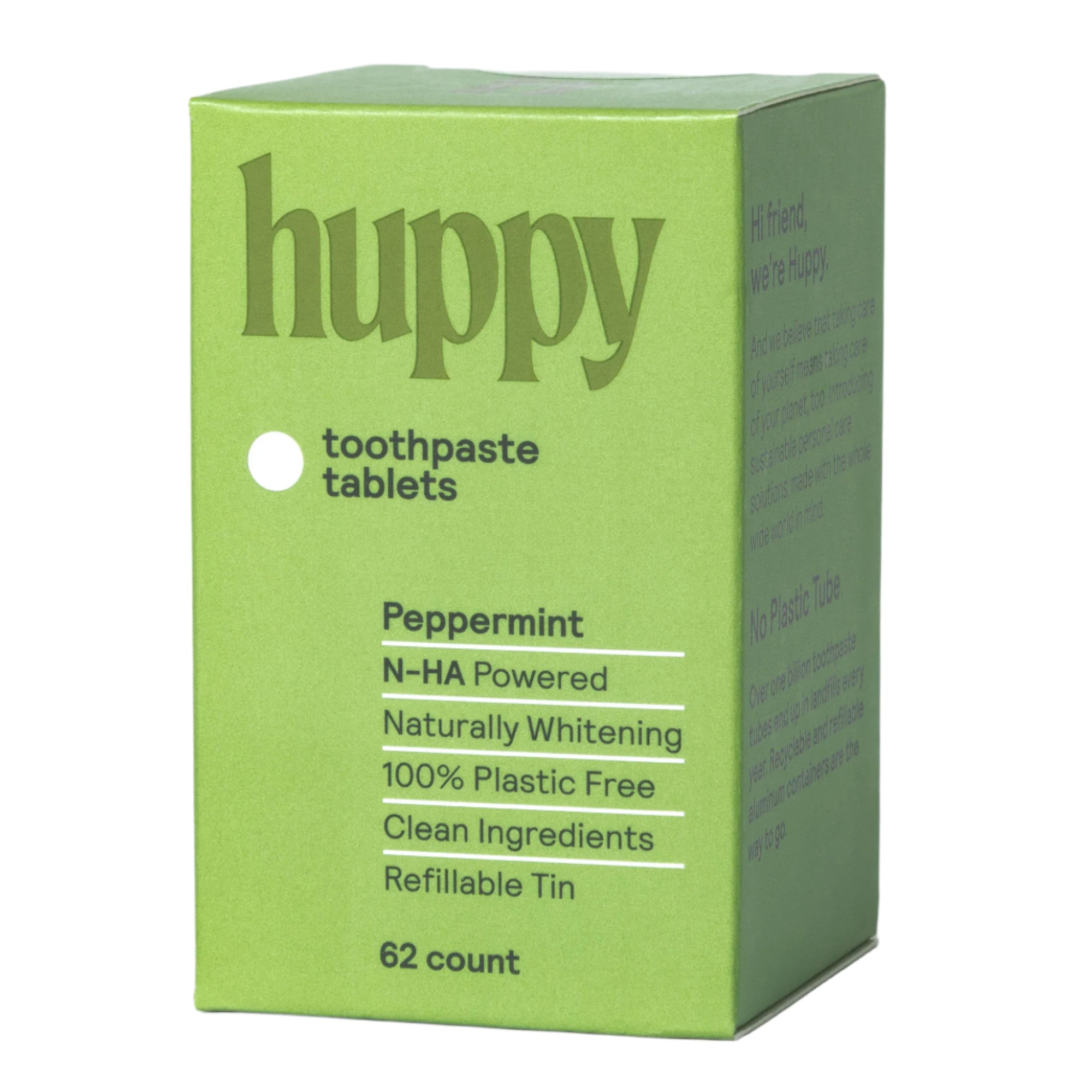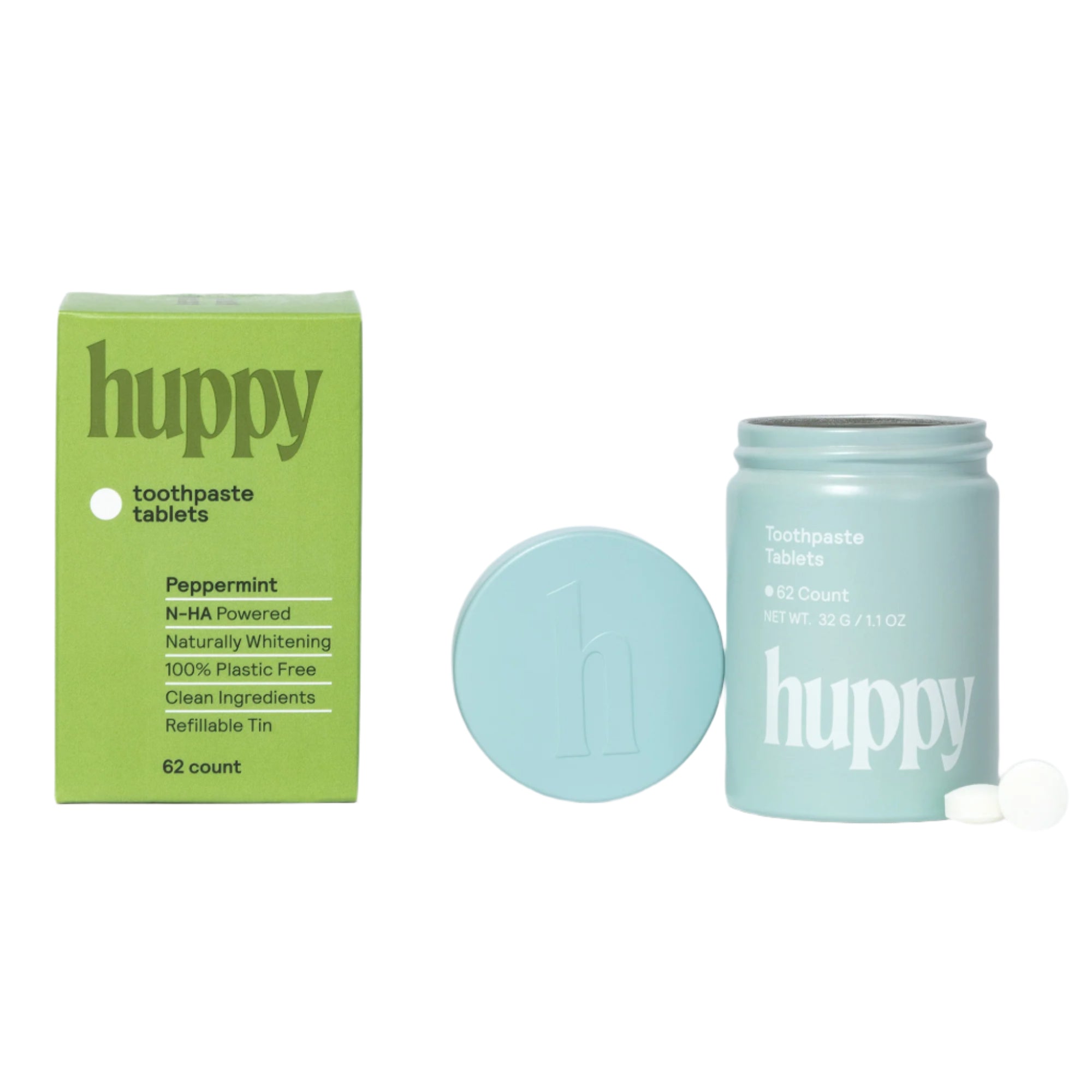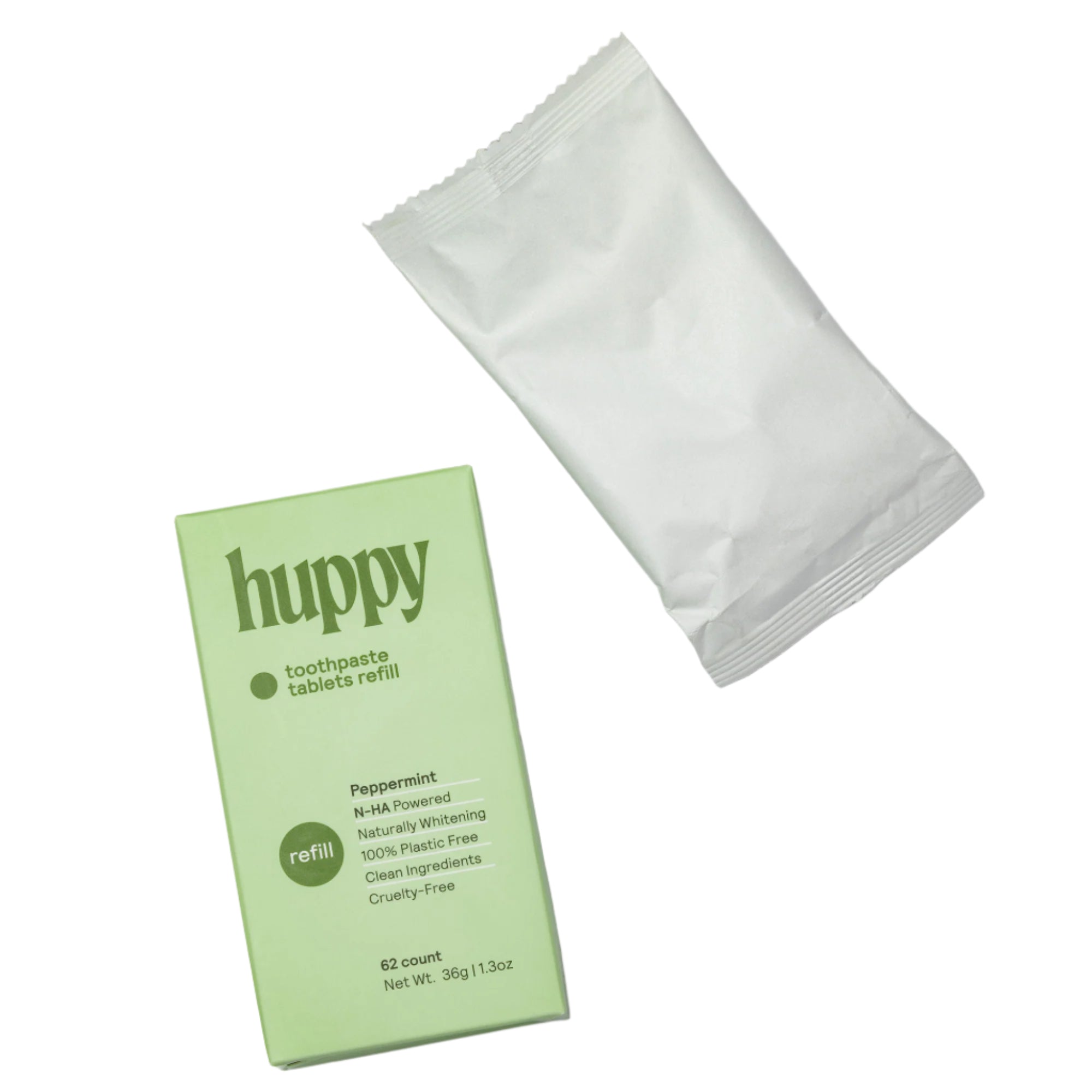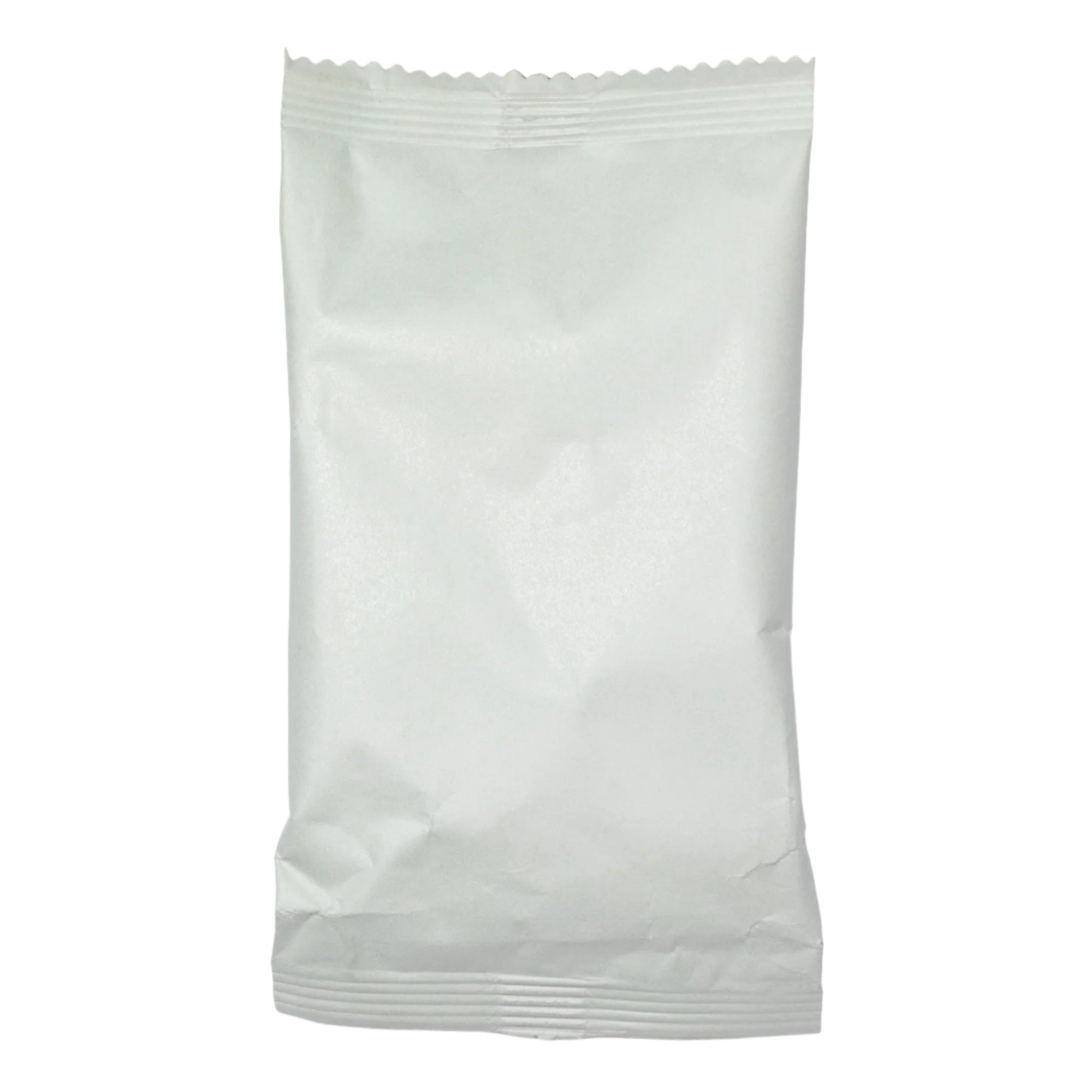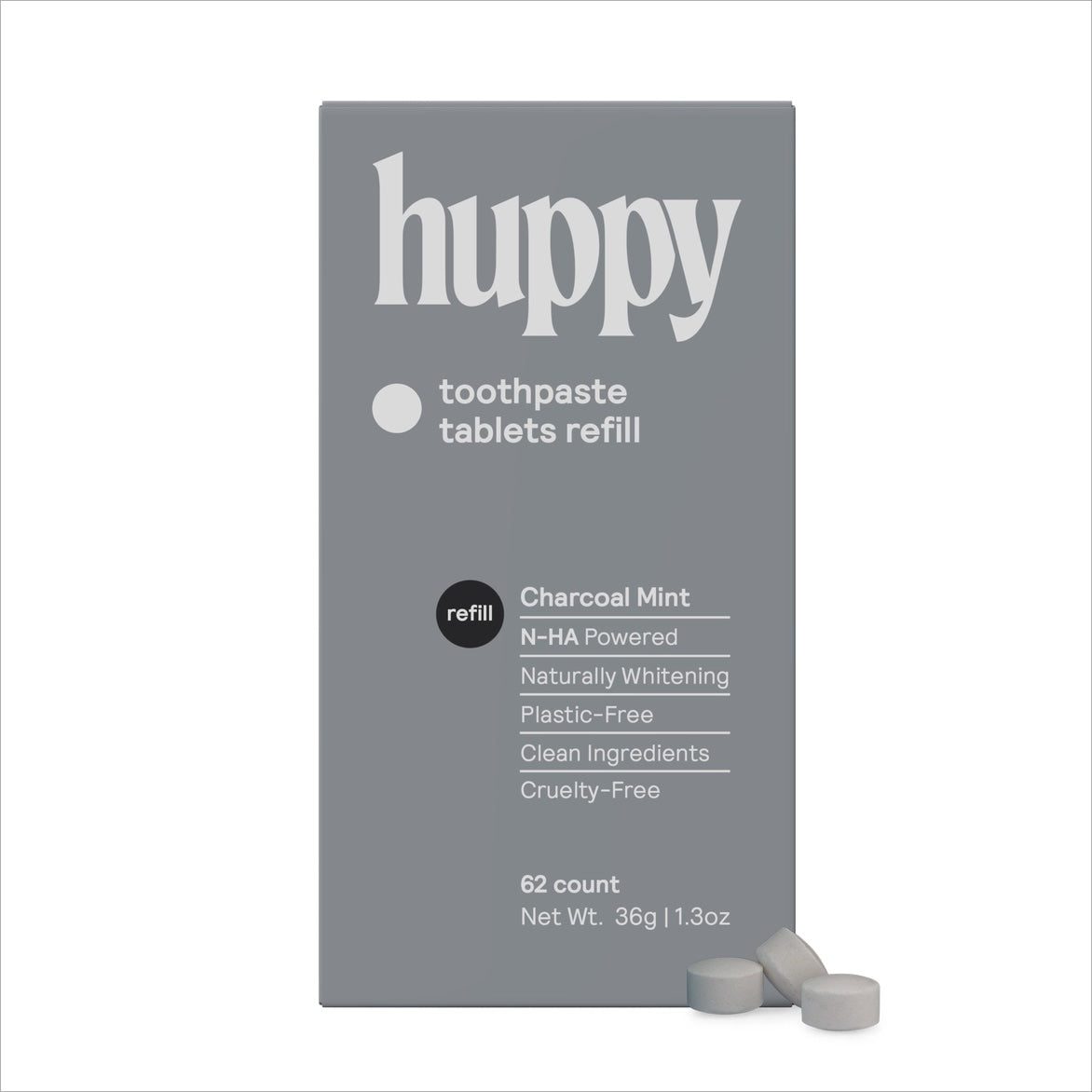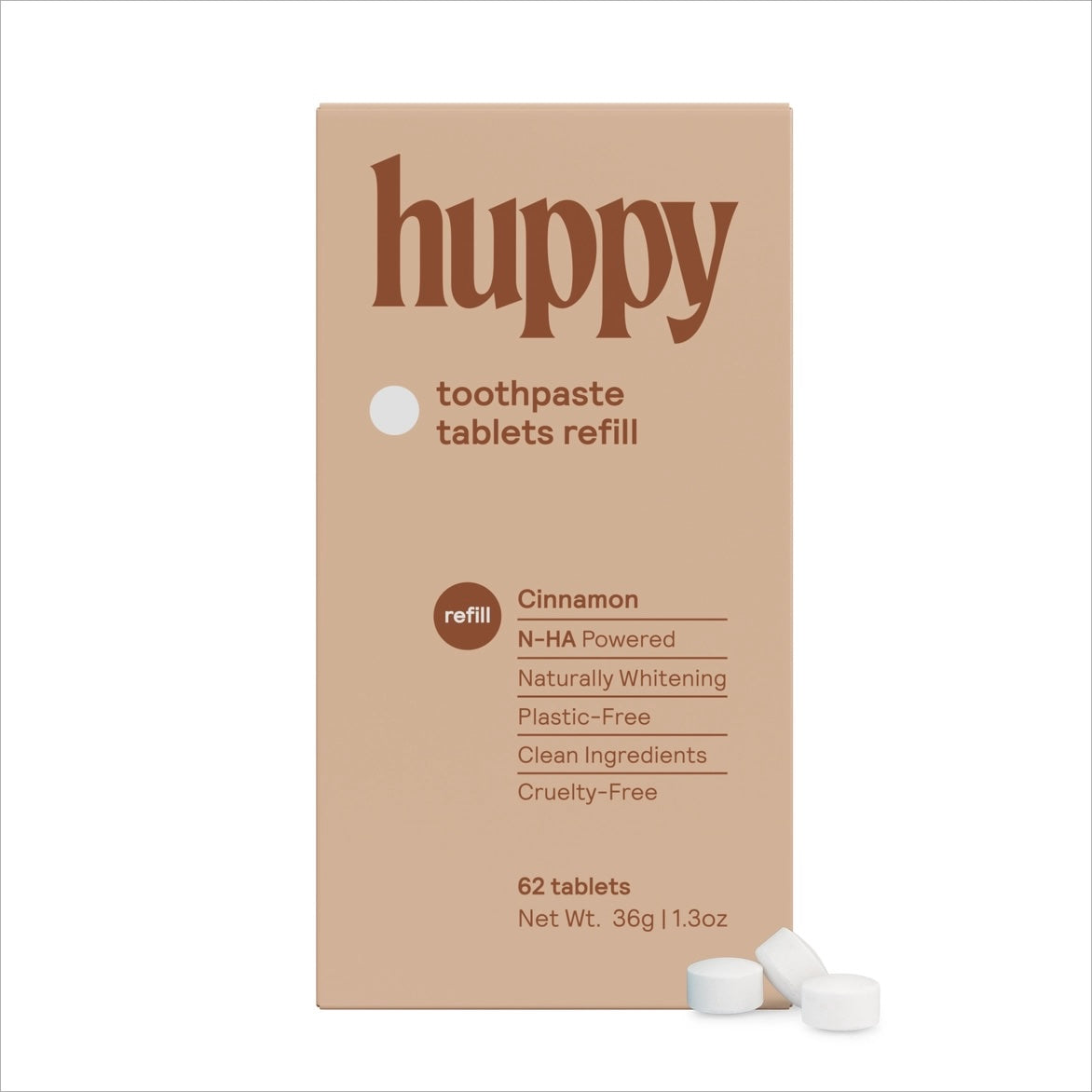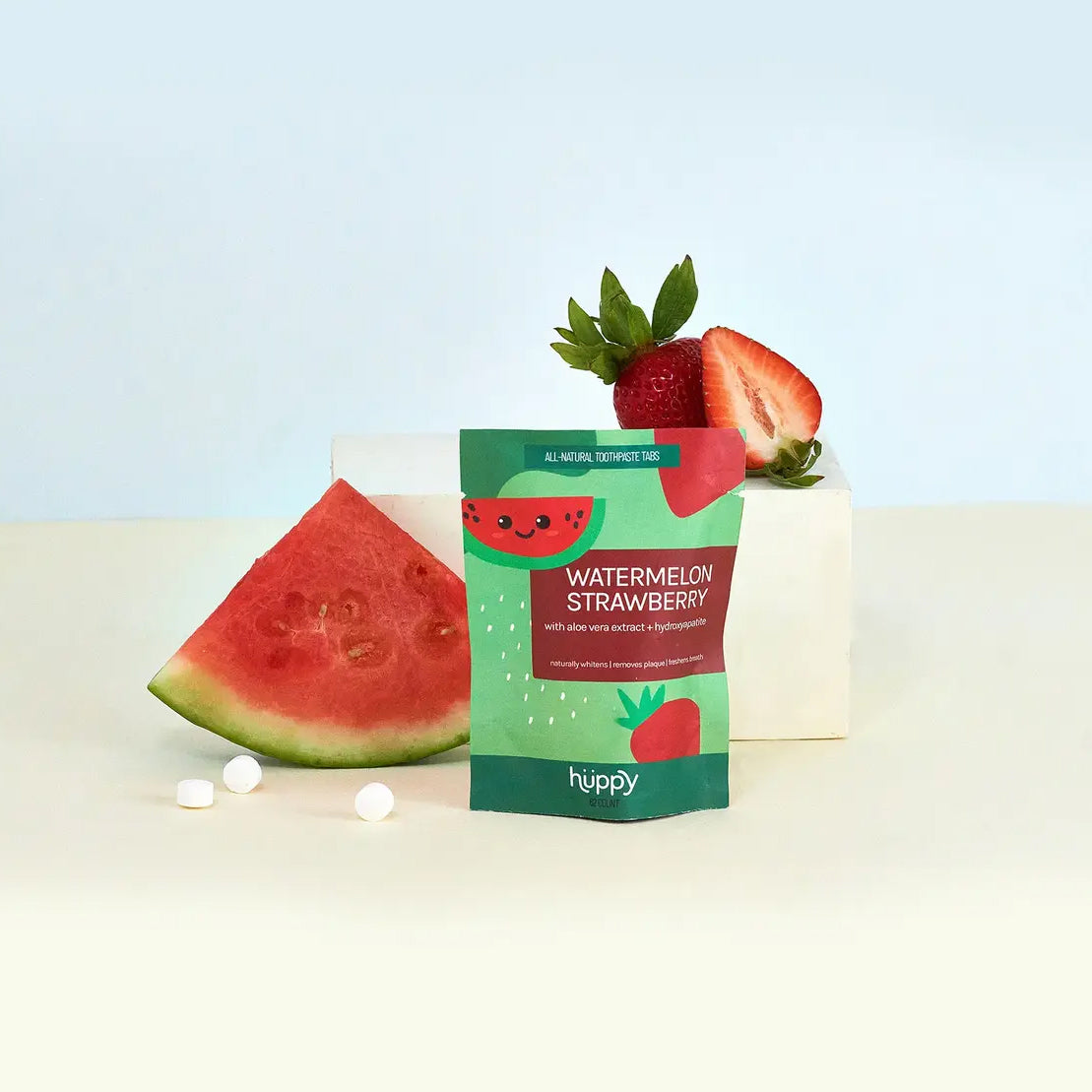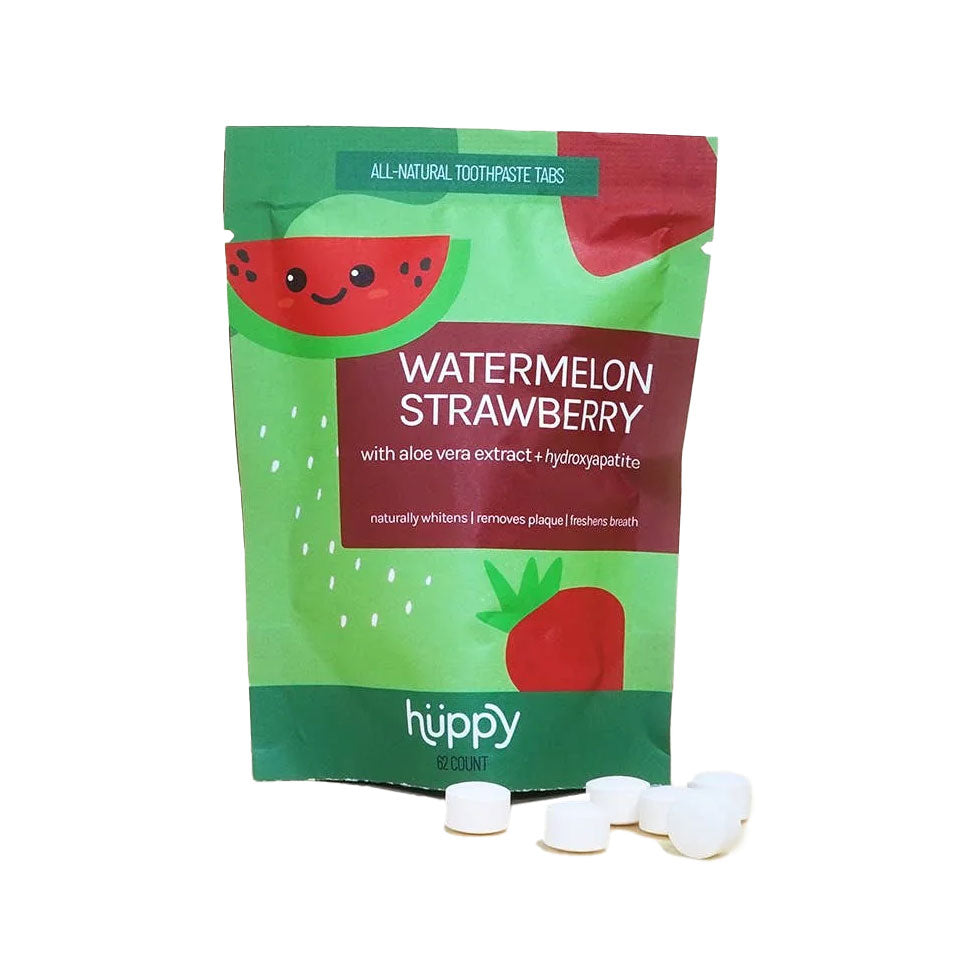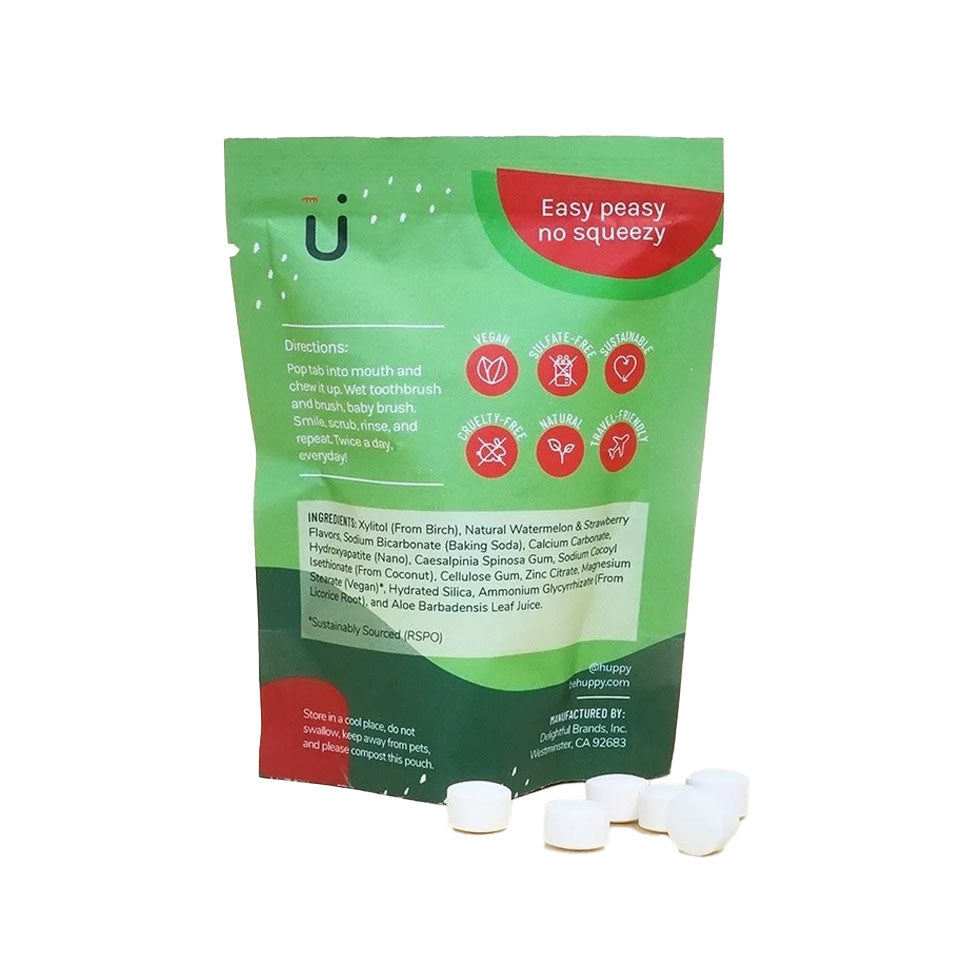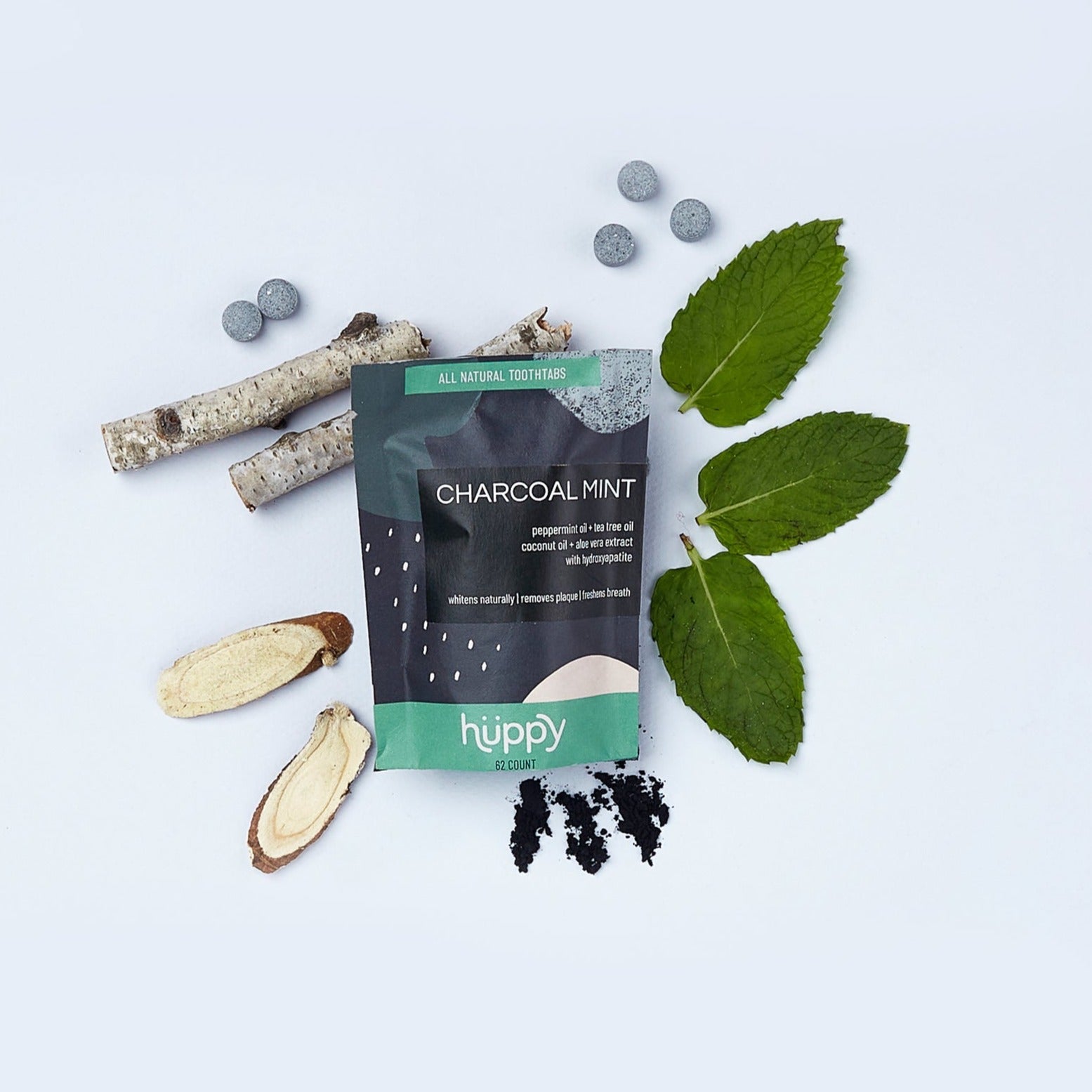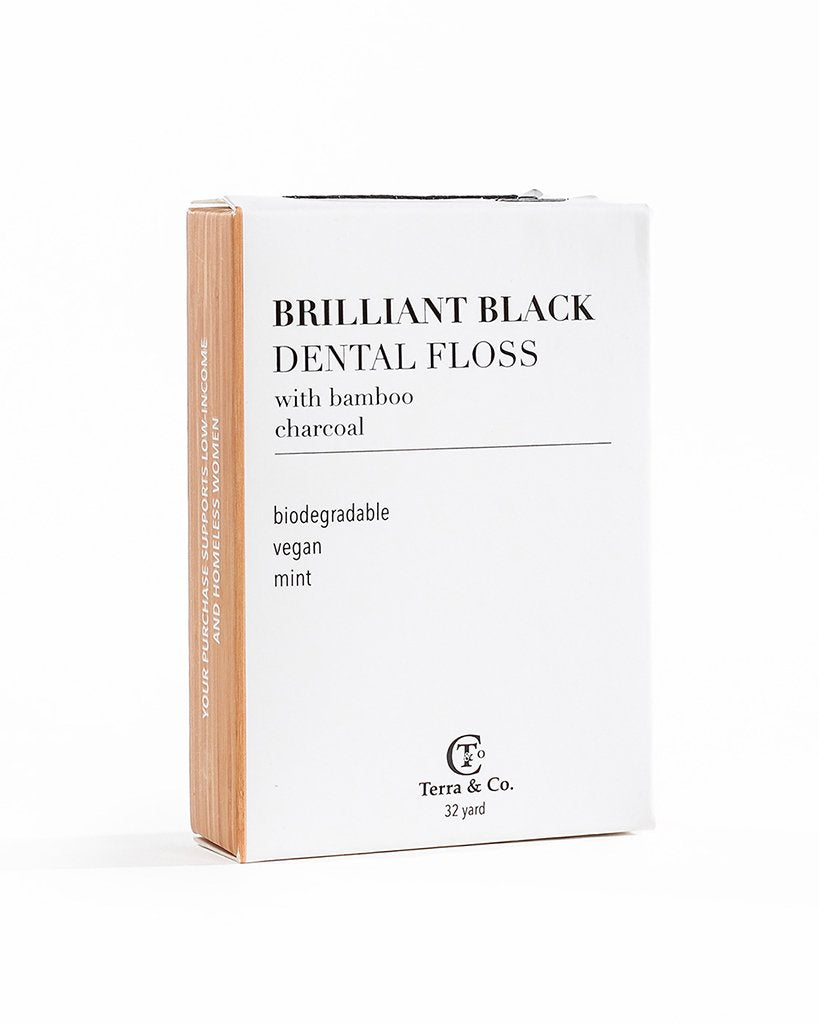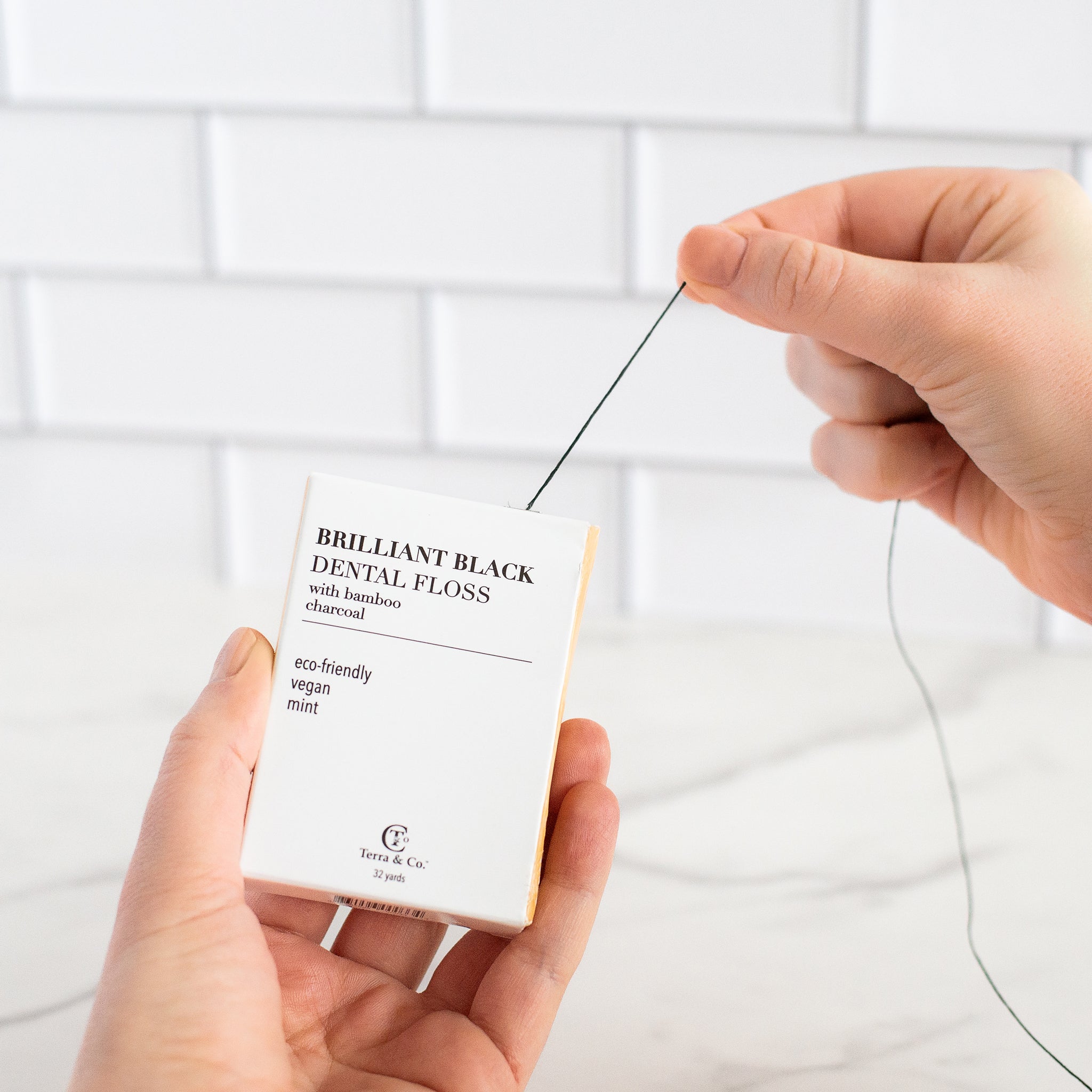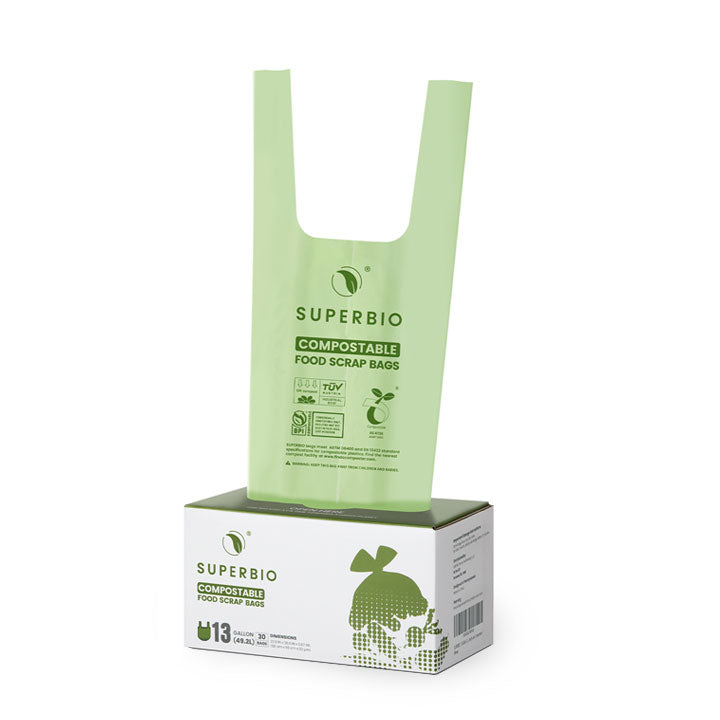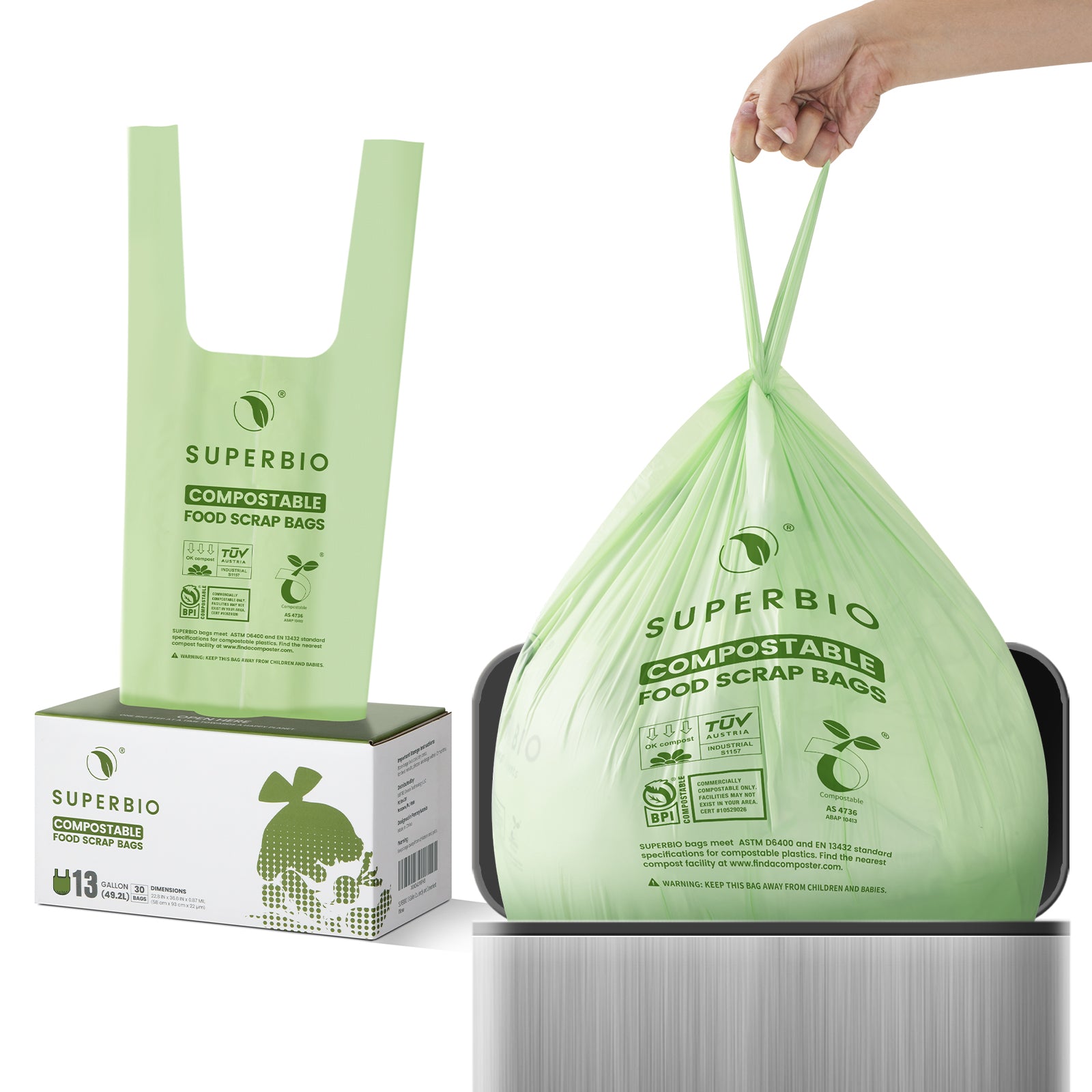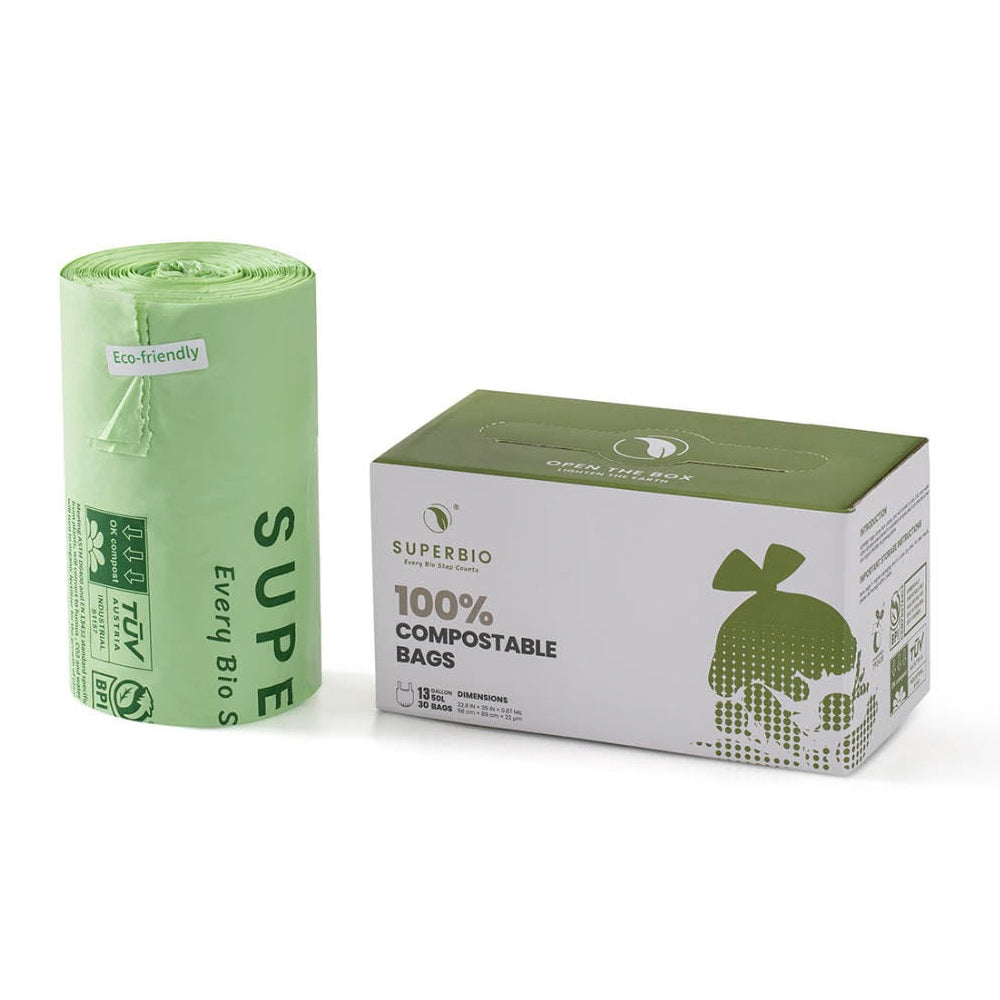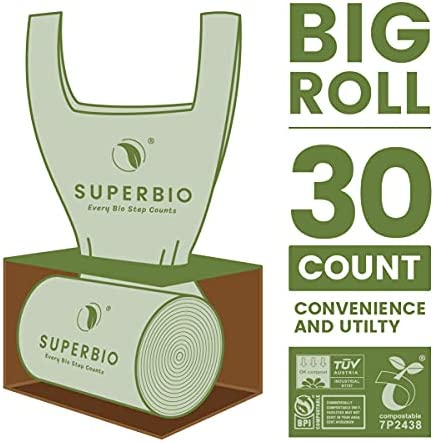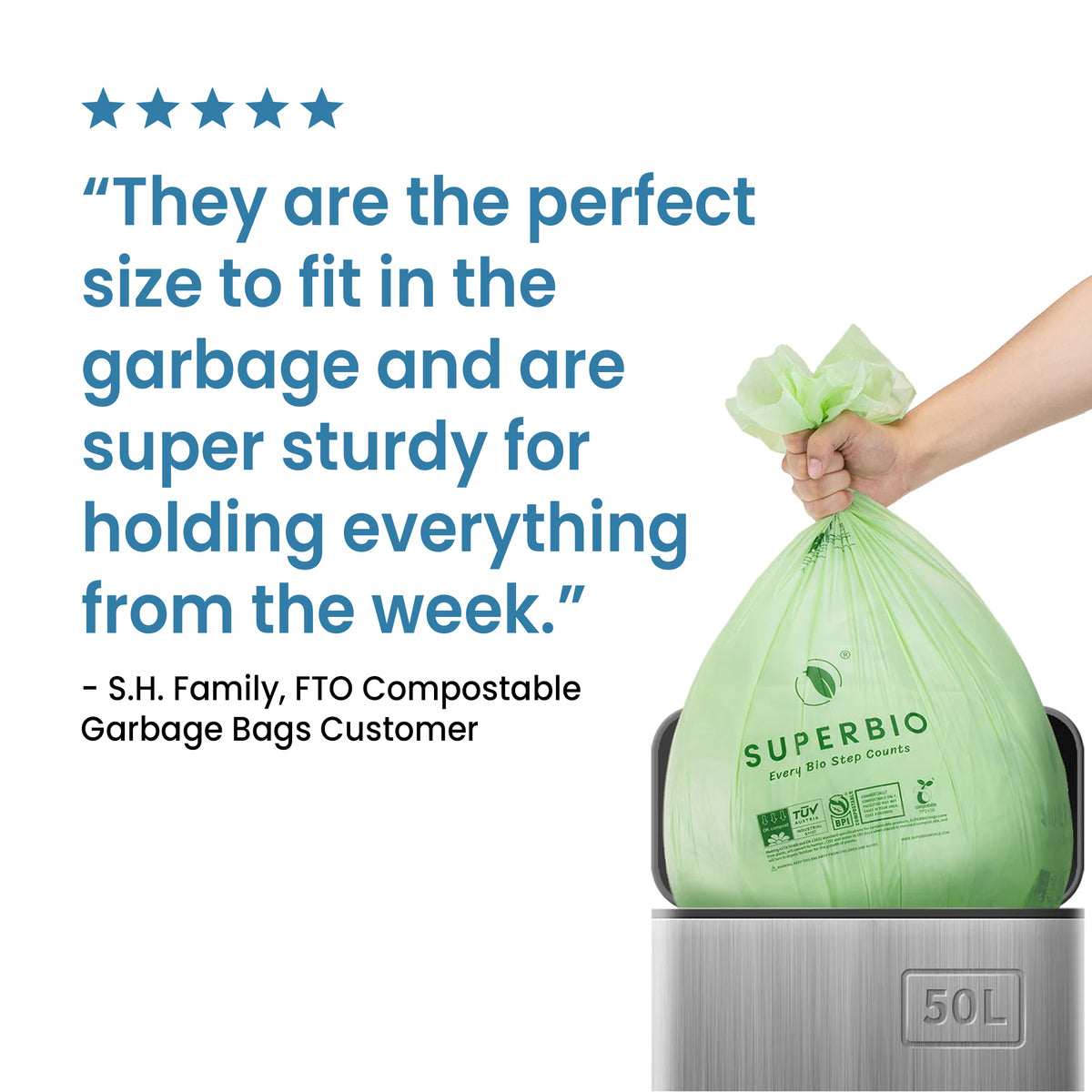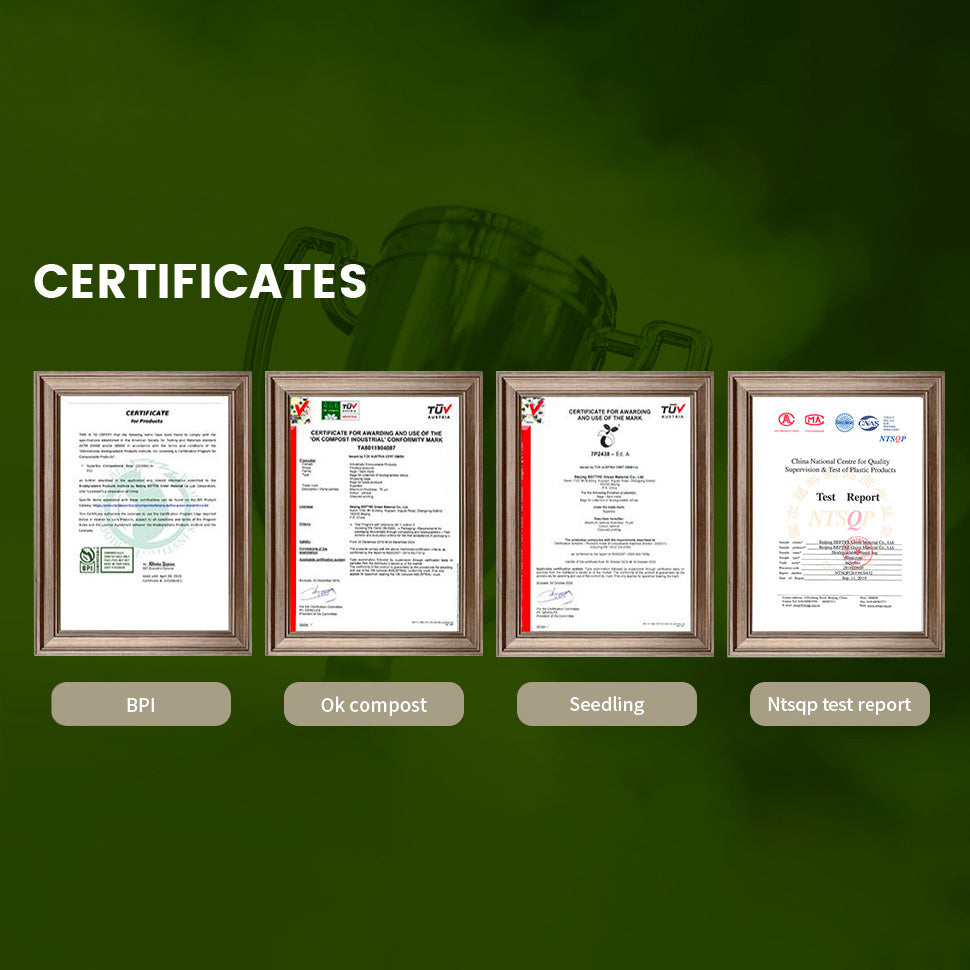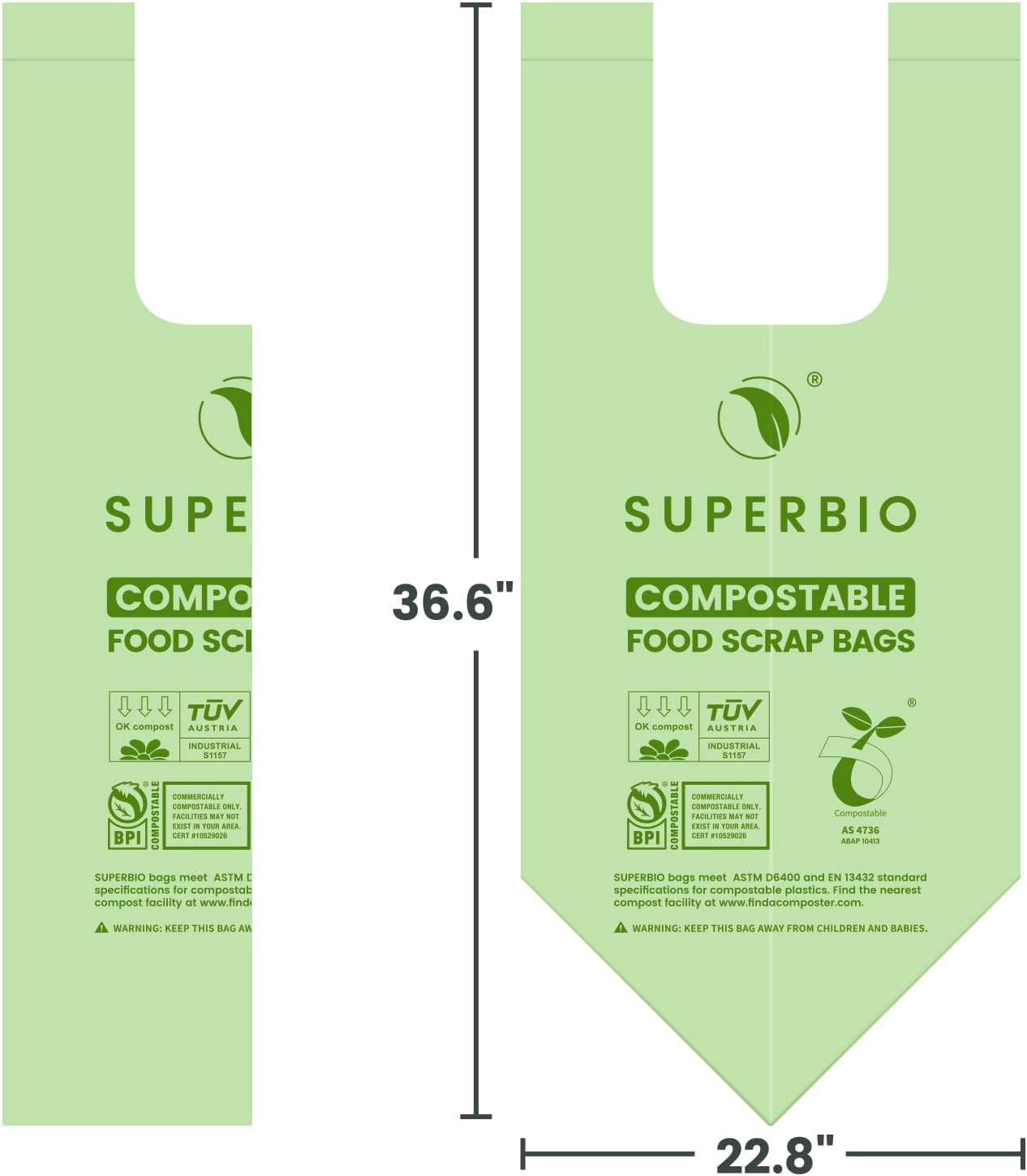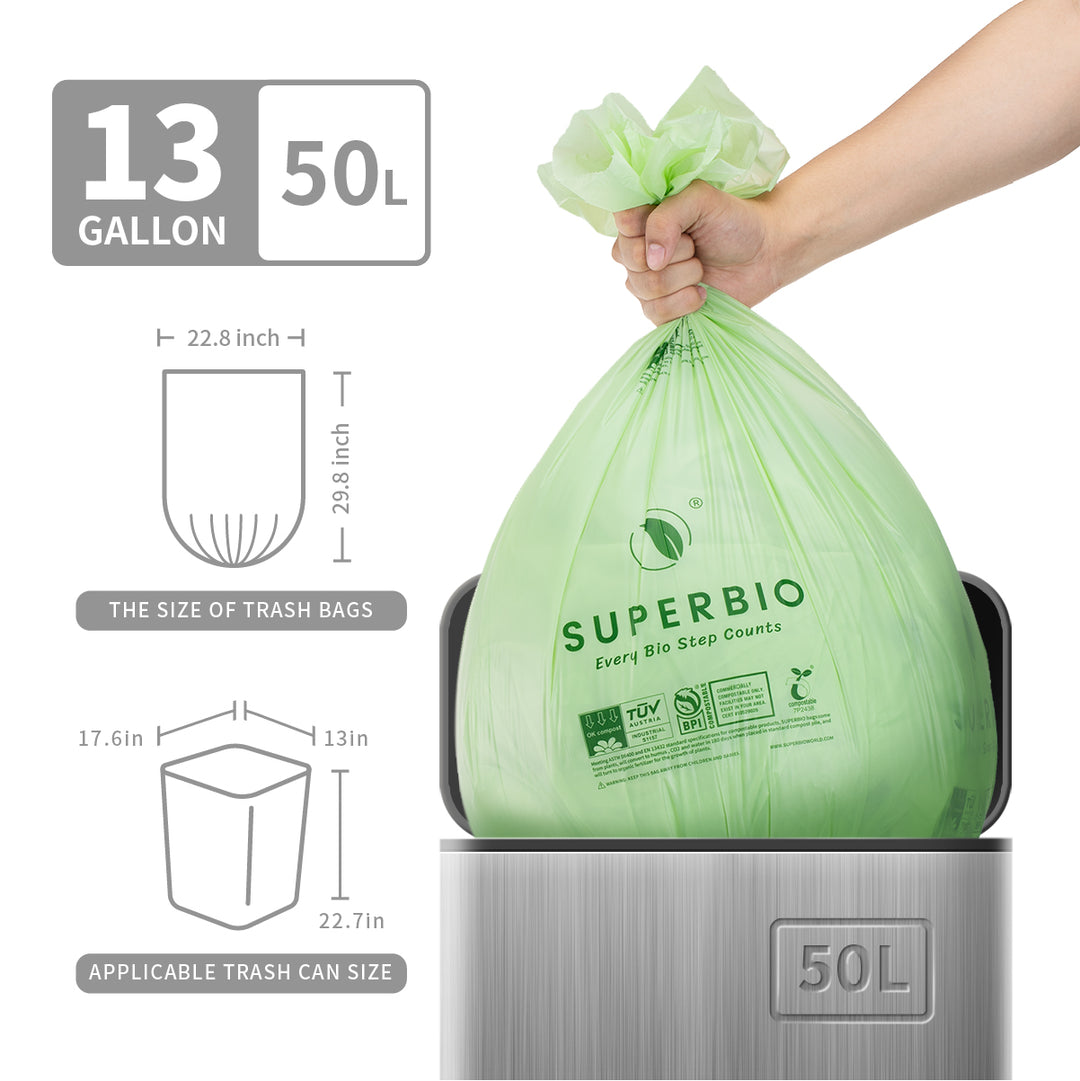Calving Glaciers Release Hidden Dangers Beneath The Waves
The moment is sudden. A wall of ice fractures, groans, and collapses into the water below. This spectacle, known as calving, is one of the most dramatic events in the cryosphere. It is also a process with far-reaching consequences for oceans, climate, and communities.
Glaciers and ice shelves constantly move under their own weight. When ice reaches its limits, it breaks. Chunks of every size detach and plunge into lakes or seas, forming icebergs. As the National Park Service notes in Glacier Bay, calving is not rare—it is part of a glacier’s life cycle, shaped by gravity, stress, and flowing ice.

Calving is when chunks of ice break from glaciers or ice shelves.
How Ice Breaks Apart
Calving is triggered when cracks and crevasses spread until they can no longer hold. The Antarctic Glaciers project explains that stresses within the ice, combined with the pressure of water filling fractures, create conditions ripe for collapse. At tidewater glaciers, faster ice flow near the edge stretches ice thin, while warm water melts its underside, undercutting the ice face.
Buoyant forces also come into play. When ice thins to the point of flotation, it lifts off the bed, bending until blocks break free. Some icebergs shoot up from below the surface, propelled by sudden buoyancy, appearing hundreds of meters from the terminus.
Calving Versus Collapse
While calving itself is natural, scientists stress a distinction. The National Snow and Ice Data Center points out that ice shelf disintegration is a more recent and concerning phenomenon. Calving events can be absorbed over time as glaciers replenish ice. Disintegration, however, happens when warming air and ocean temperatures overwhelm the system, melting shelves from above and below. Waves flex the weakened ice until it shatters in hours or days, as seen in the Wilkins Ice Shelf collapse.
This difference matters. Calving is part of a balance. Disintegration tips that balance and accelerates glacial retreat.

Most of an iceberg’s mass lies hidden beneath the ocean’s surface.
The Ocean Connection
When icebergs enter the sea, the impact extends far beyond the coastline. According to research compiled by ScienceDirect, calving and submarine melt at the ocean–ice boundary account for as much as half of total ice loss in Greenland and close to 90 percent in Antarctica. The release of freshwater into the North Atlantic influences the Atlantic Meridional Overturning Circulation, a critical engine of global climate.
Freshwater discharge is not straightforward. Fjords modify meltwater and iceberg flow before it reaches the open ocean. Within these narrow channels, icebergs melt, turbulent plumes mix with saltwater, and circulation reshapes how freshwater is exported. These local processes ripple into global ones.

Icebergs formed this way can be larger than entire states.
Why It Matters
Calving glaciers create icebergs of astonishing scale. Data from NASA’s Earthdata program recorded one that measured 80 kilometers long and 40 kilometers wide, calved from the Larsen Ice Shelf.
Most of an iceberg lies hidden beneath the water, where it poses navigational dangers. The Titanic’s fate remains the most infamous reminder of this risk.
Beyond shipping lanes, the waves from calving events can be violent. At Alaska’s Child’s Glacier, ice collapse has produced surges rising 20 feet, powerful enough to sweep boulders inland. These sudden outbursts highlight that calving is not just a distant spectacle but a force with immediate hazards.
The Unfolding Future
From Glacier Bay to Greenland, calving signals change. Some glaciers can sustain losses as part of a natural rhythm, but the increasing speed and scale of calving events hint at stress in Earth’s frozen reservoirs. With warmer air, rising seas, and shifting currents, the balance between growth and loss is being rewritten.
What begins as a fracture on the edge of a glacier can cascade outward—to oceans, to climates, to people far removed from the ice.


























































































